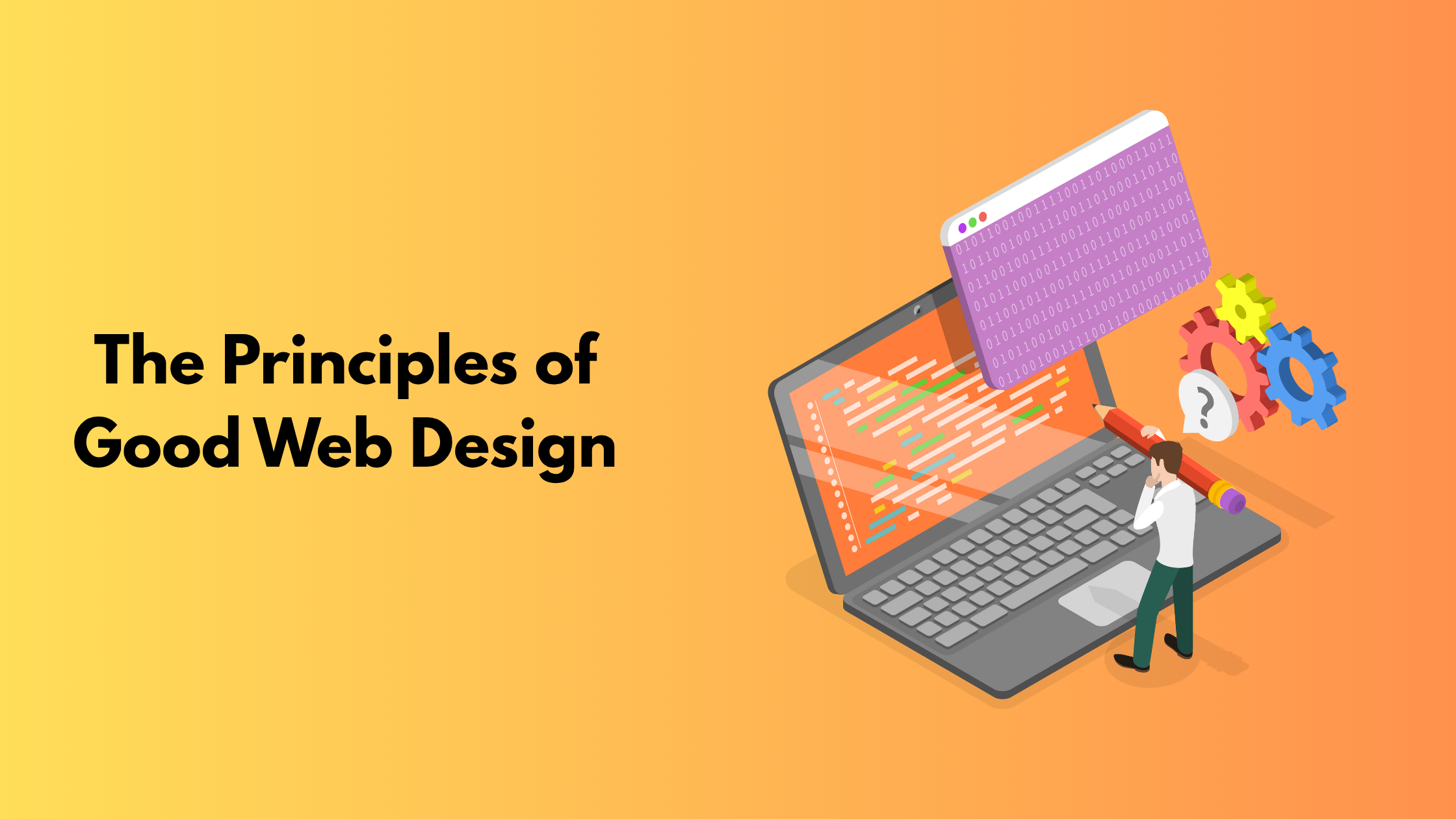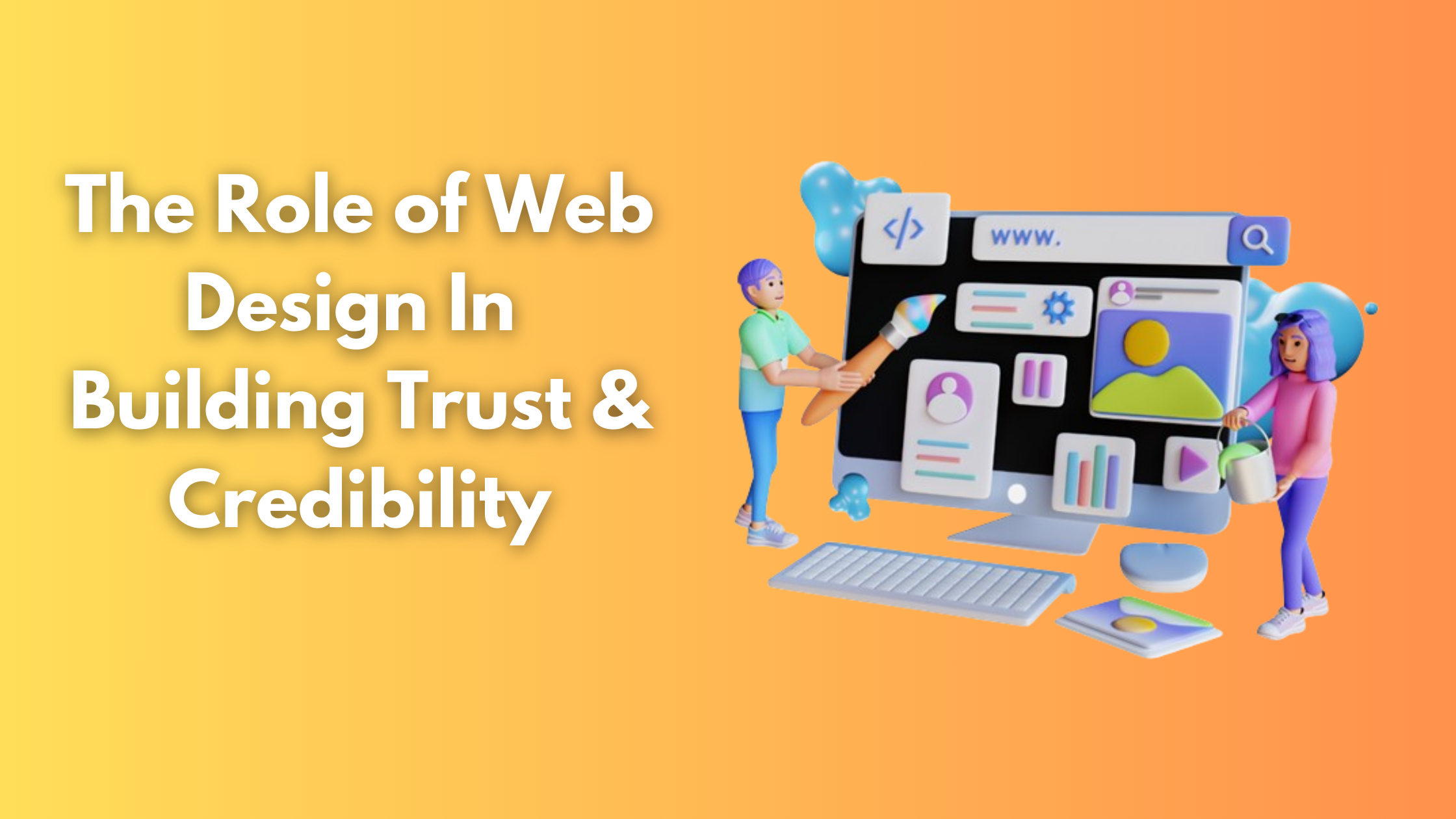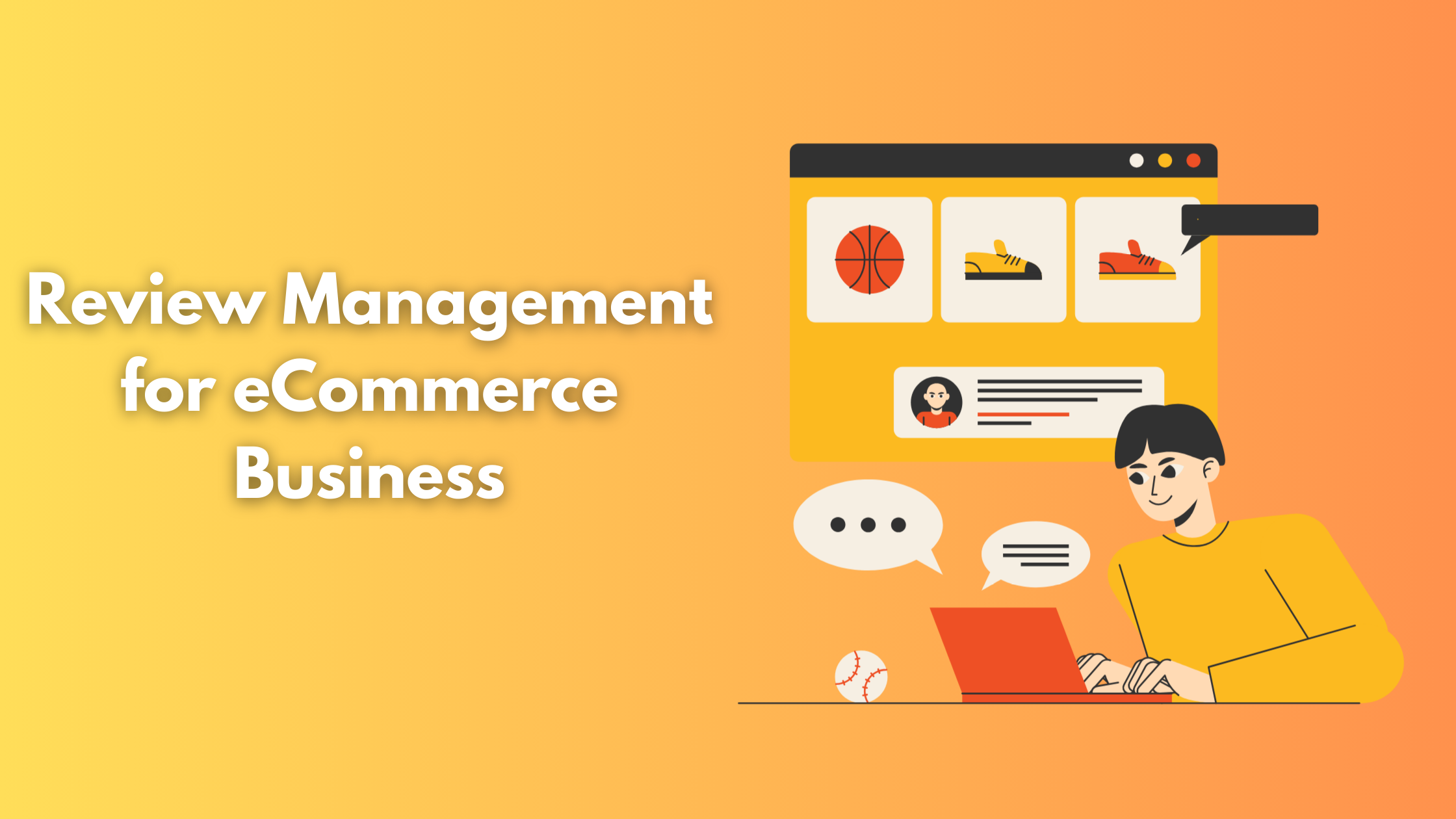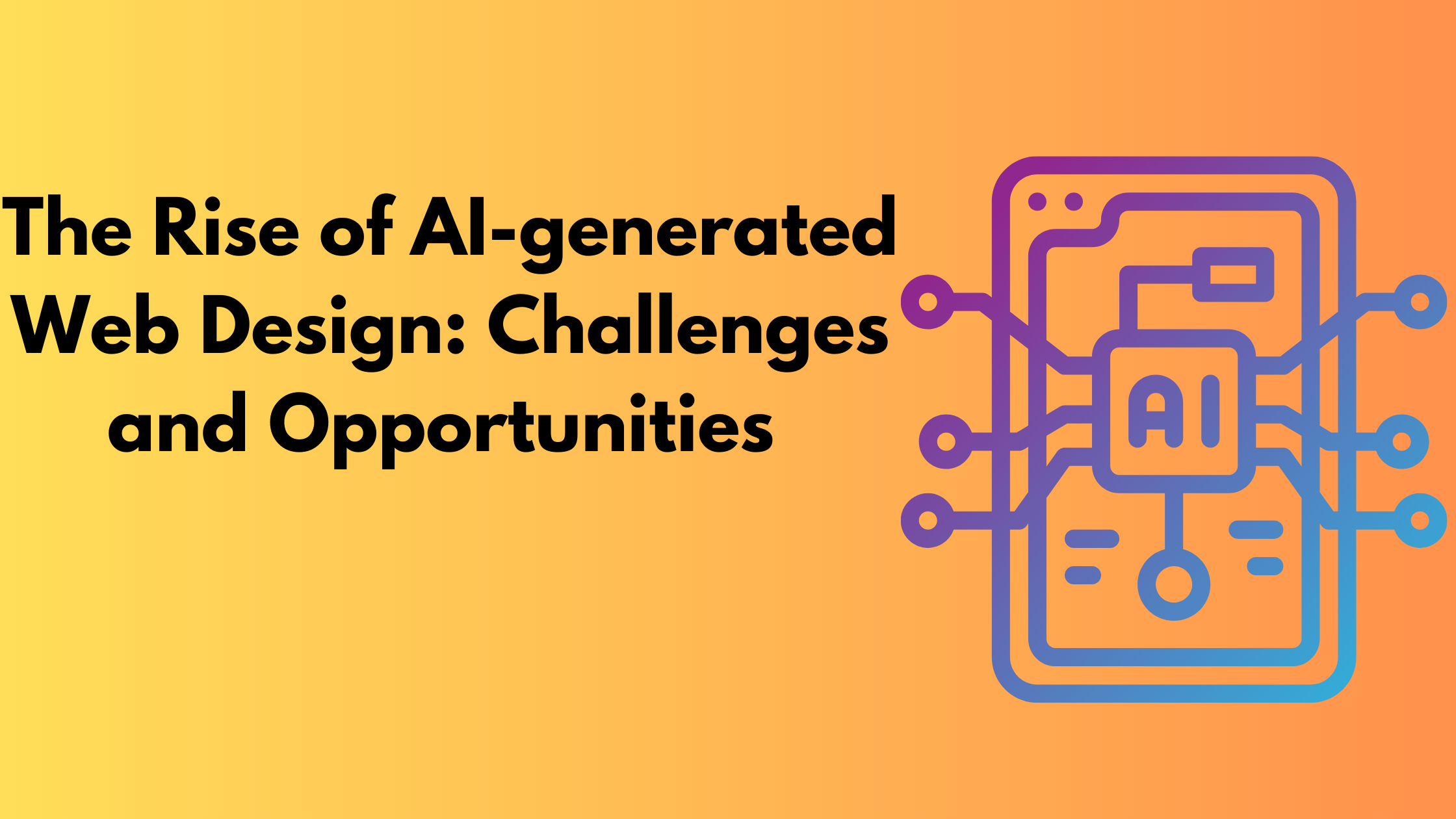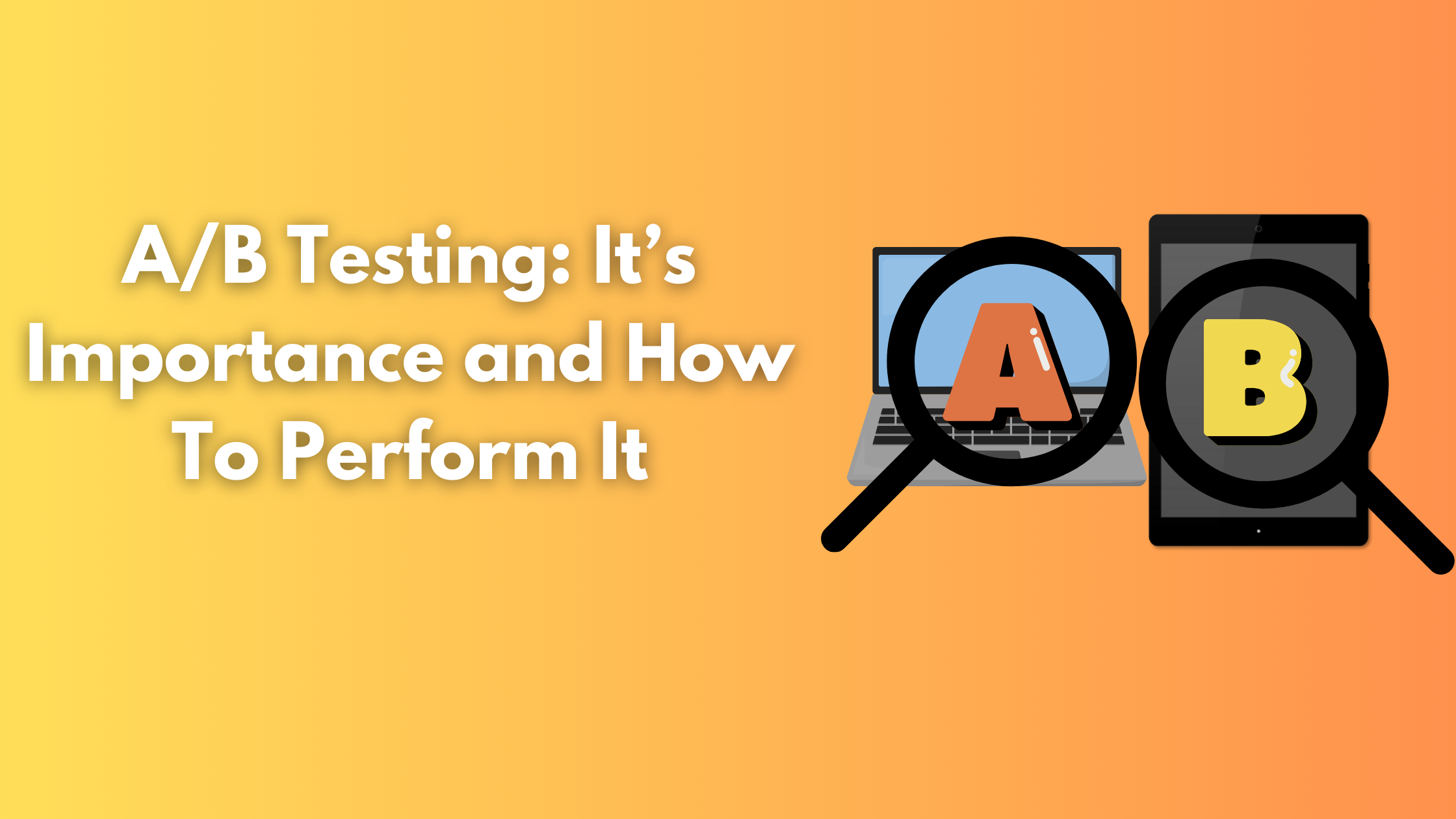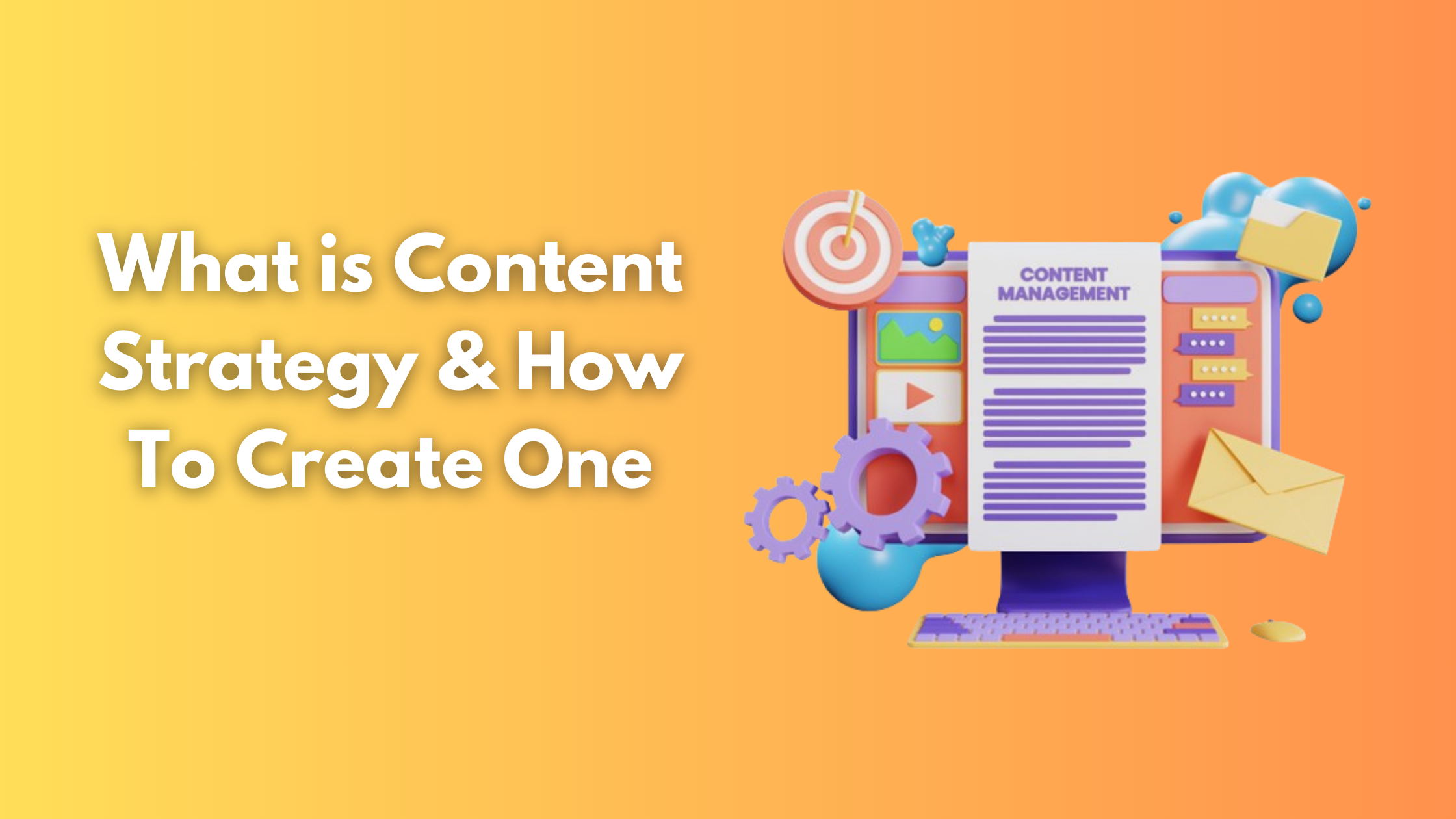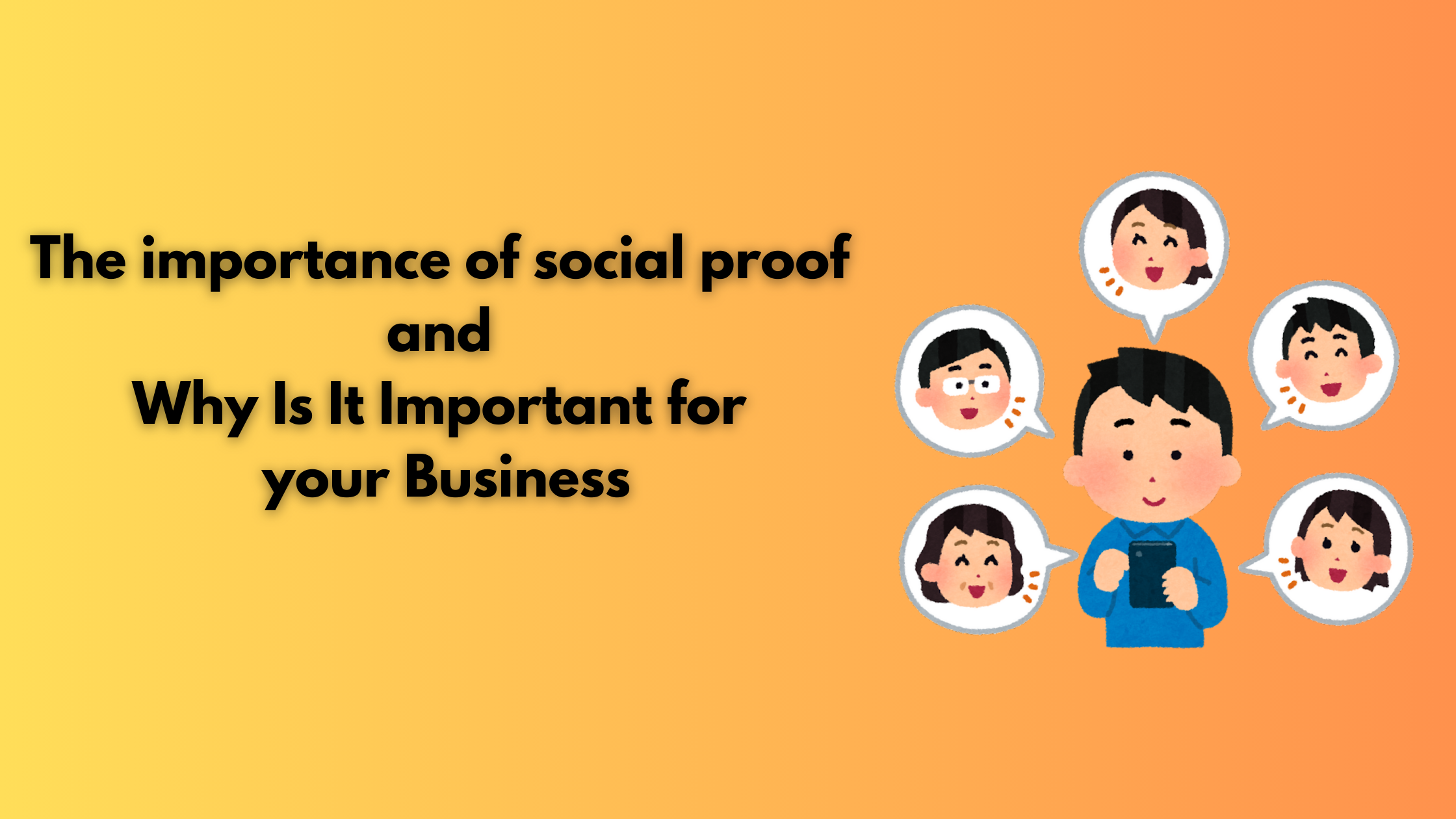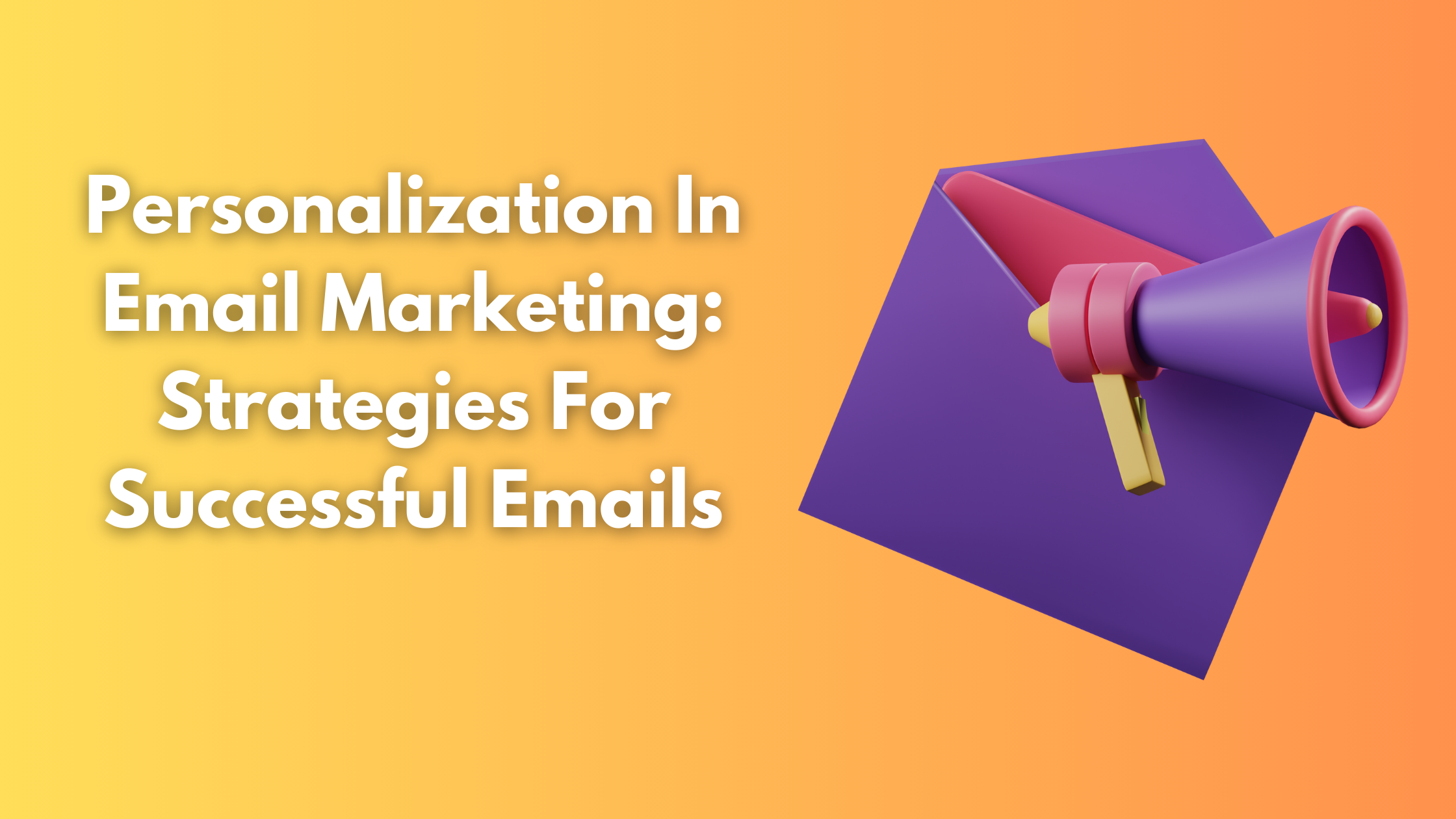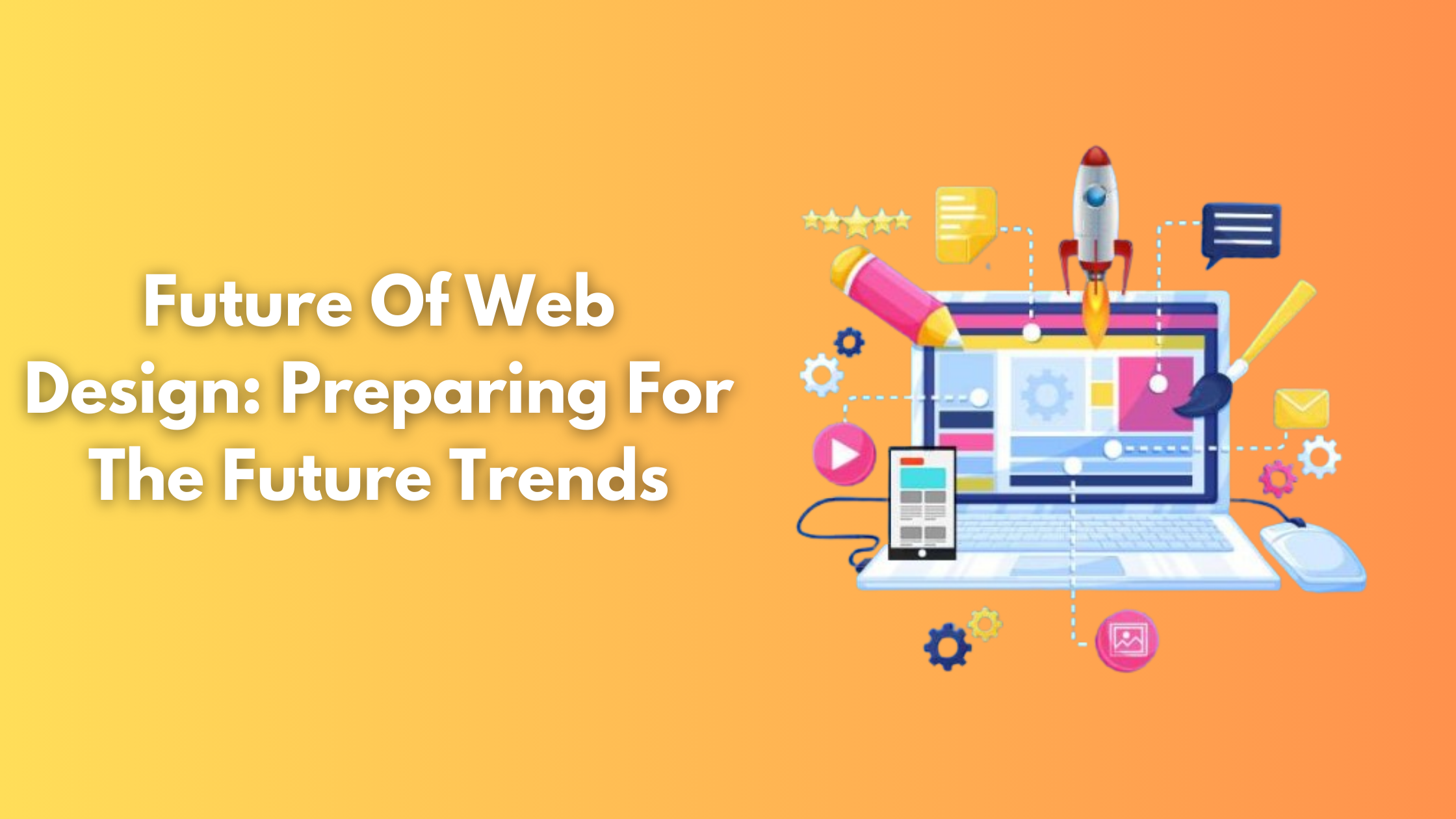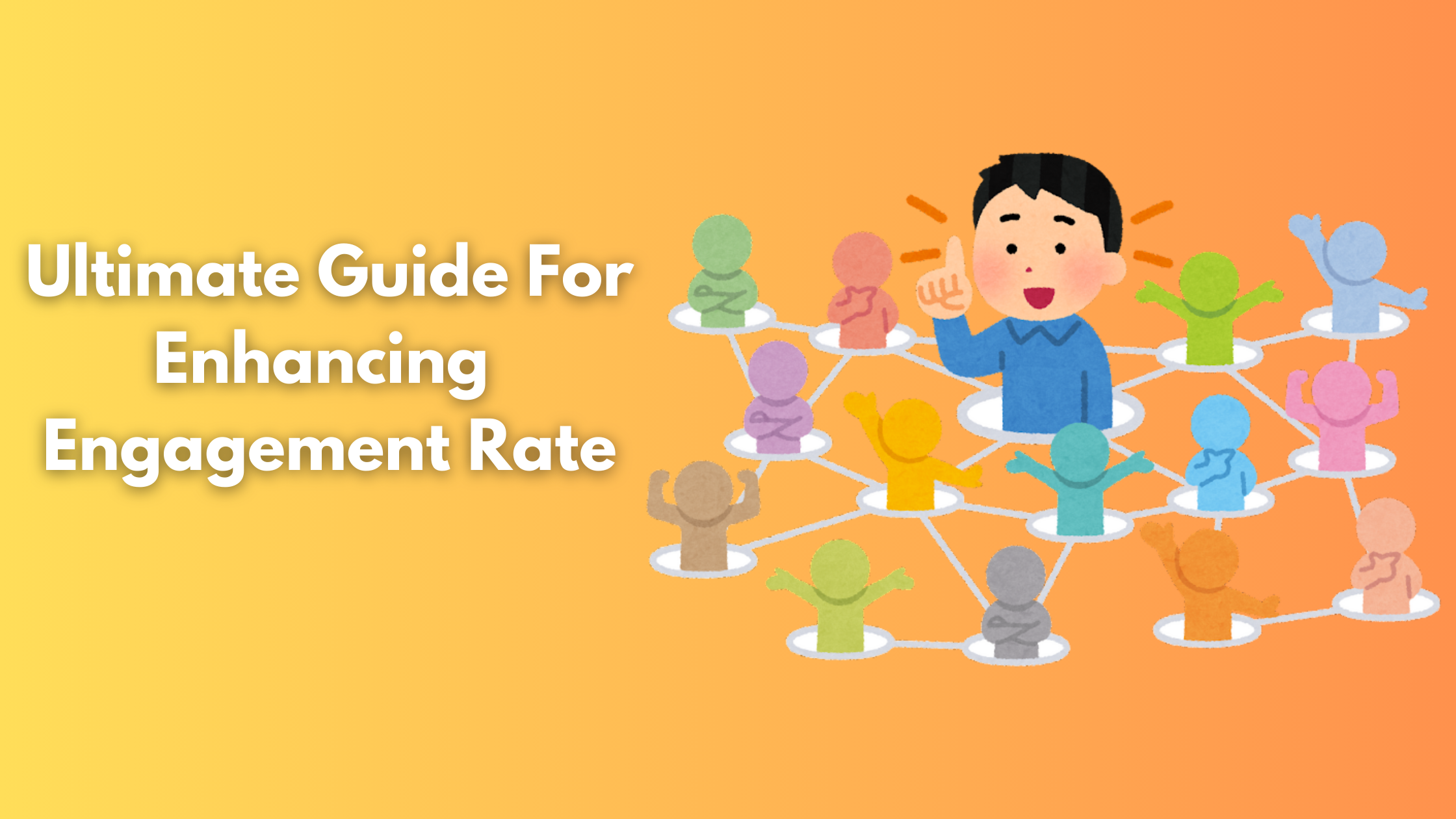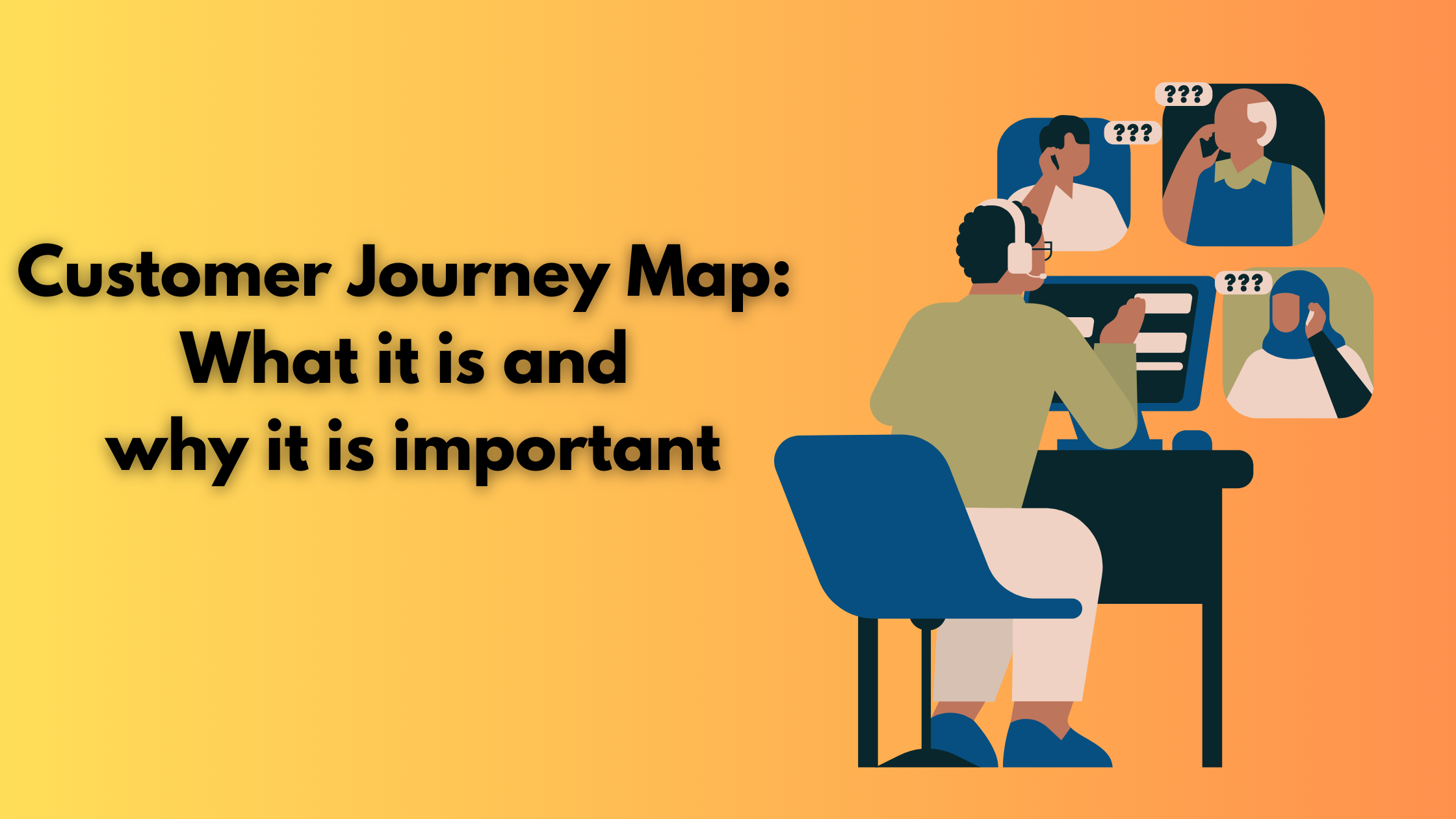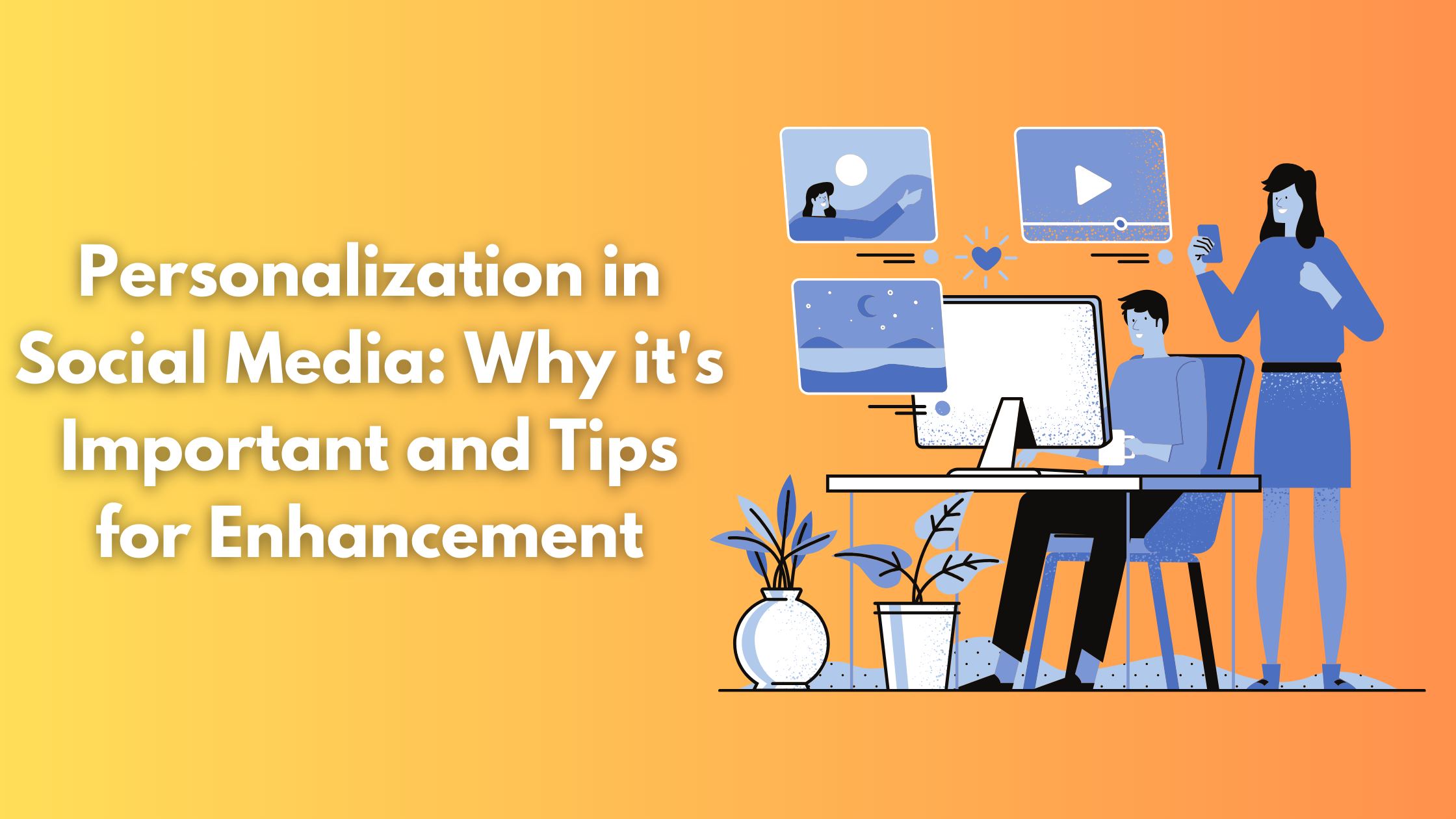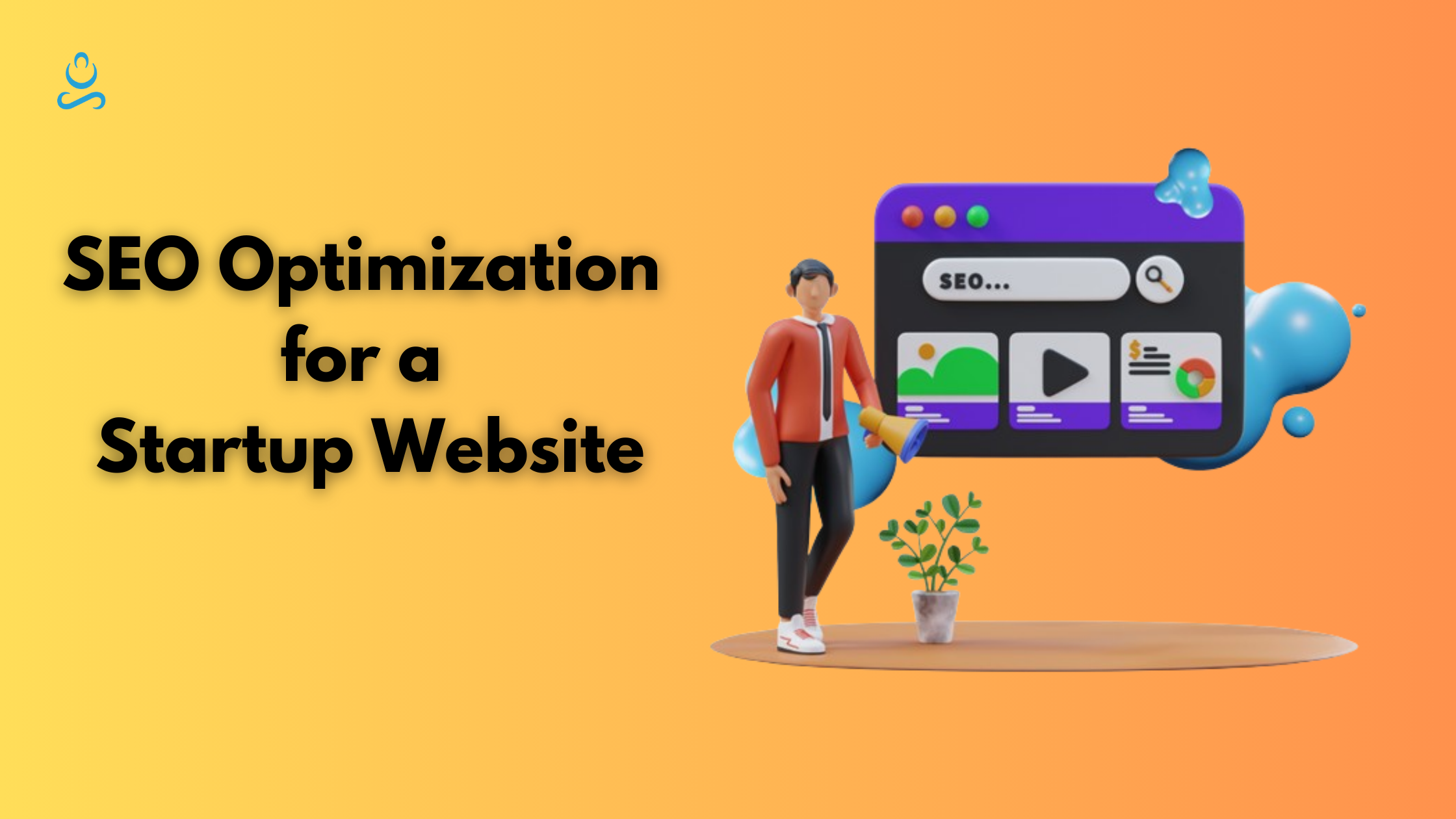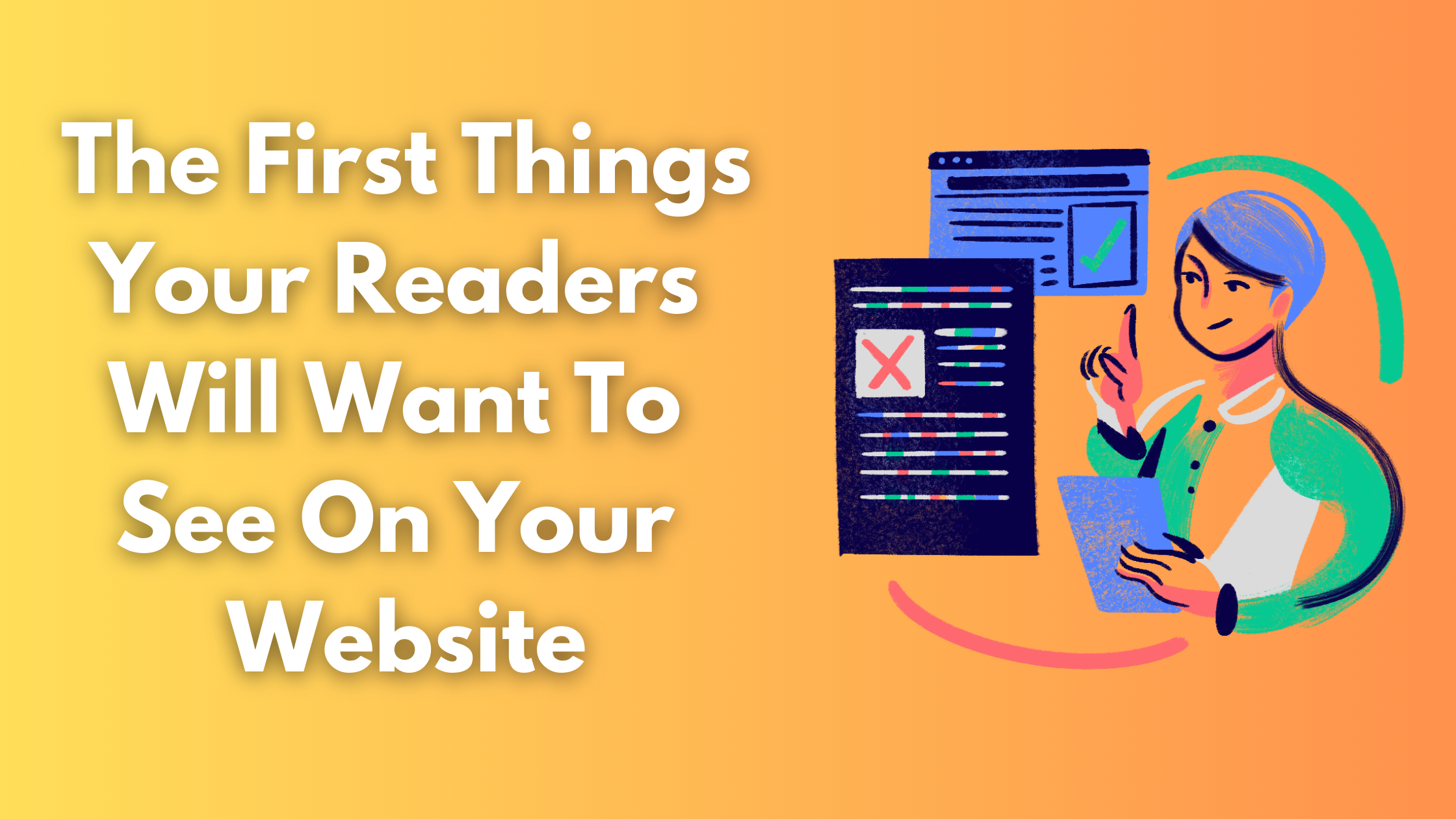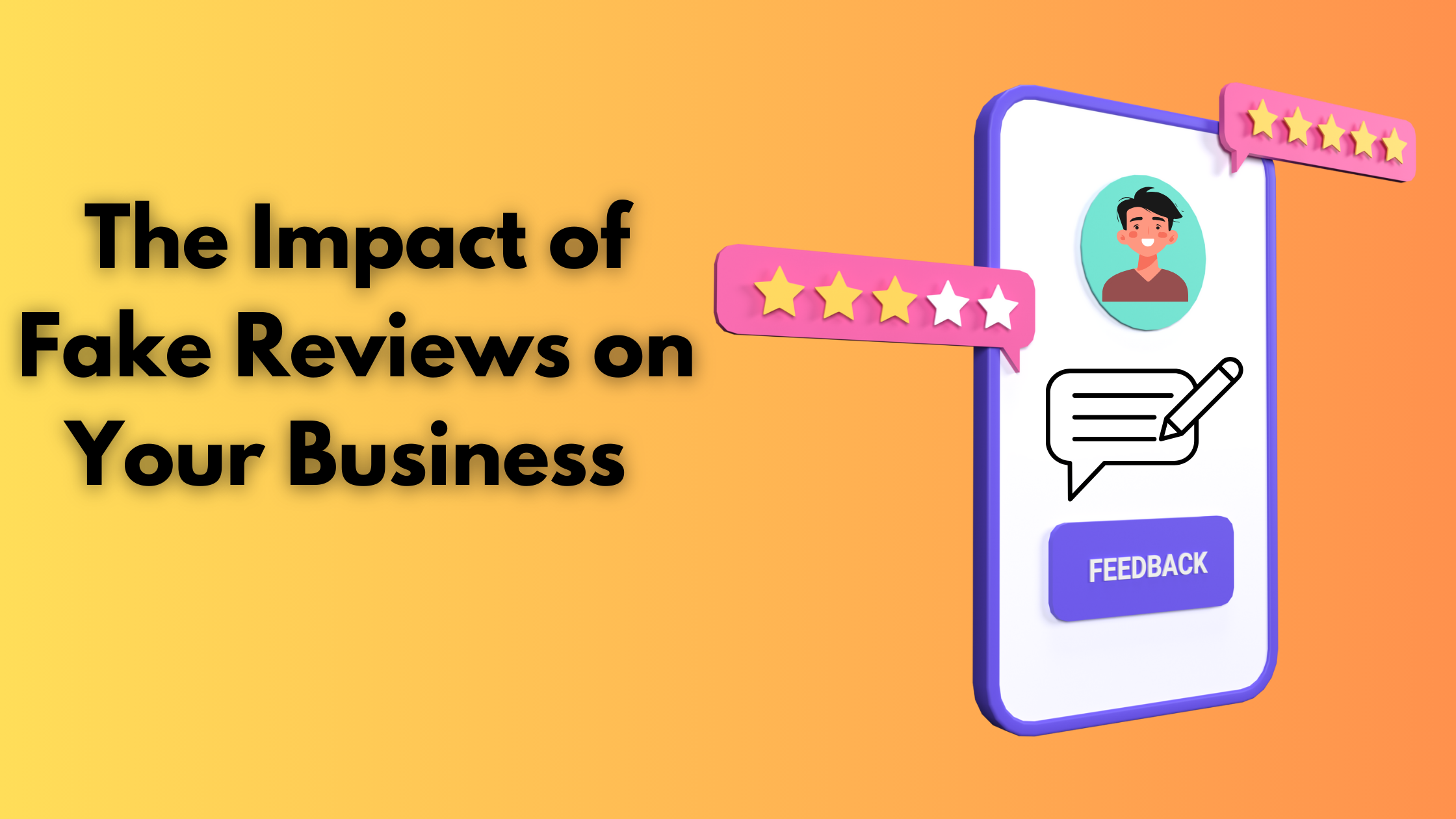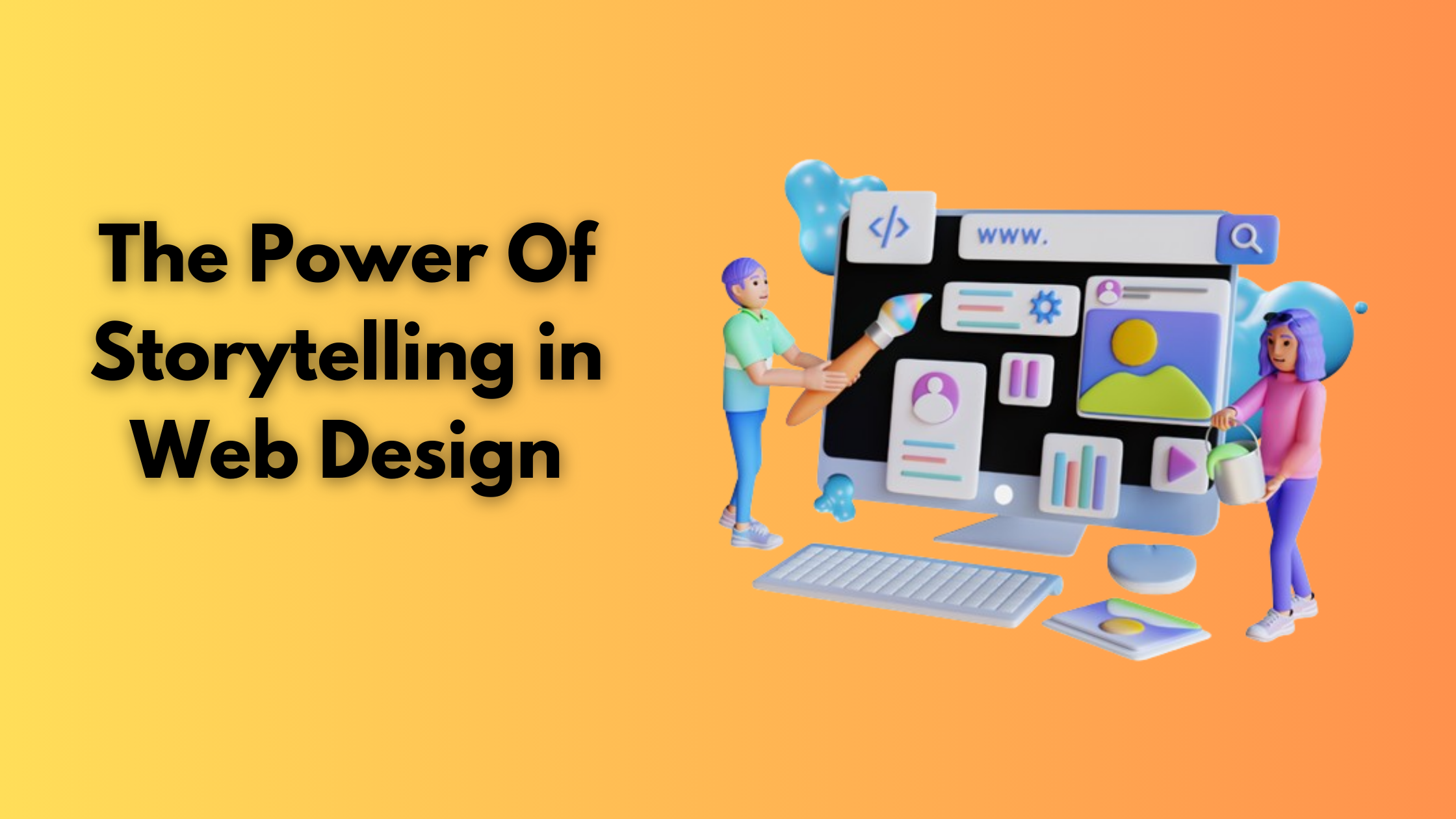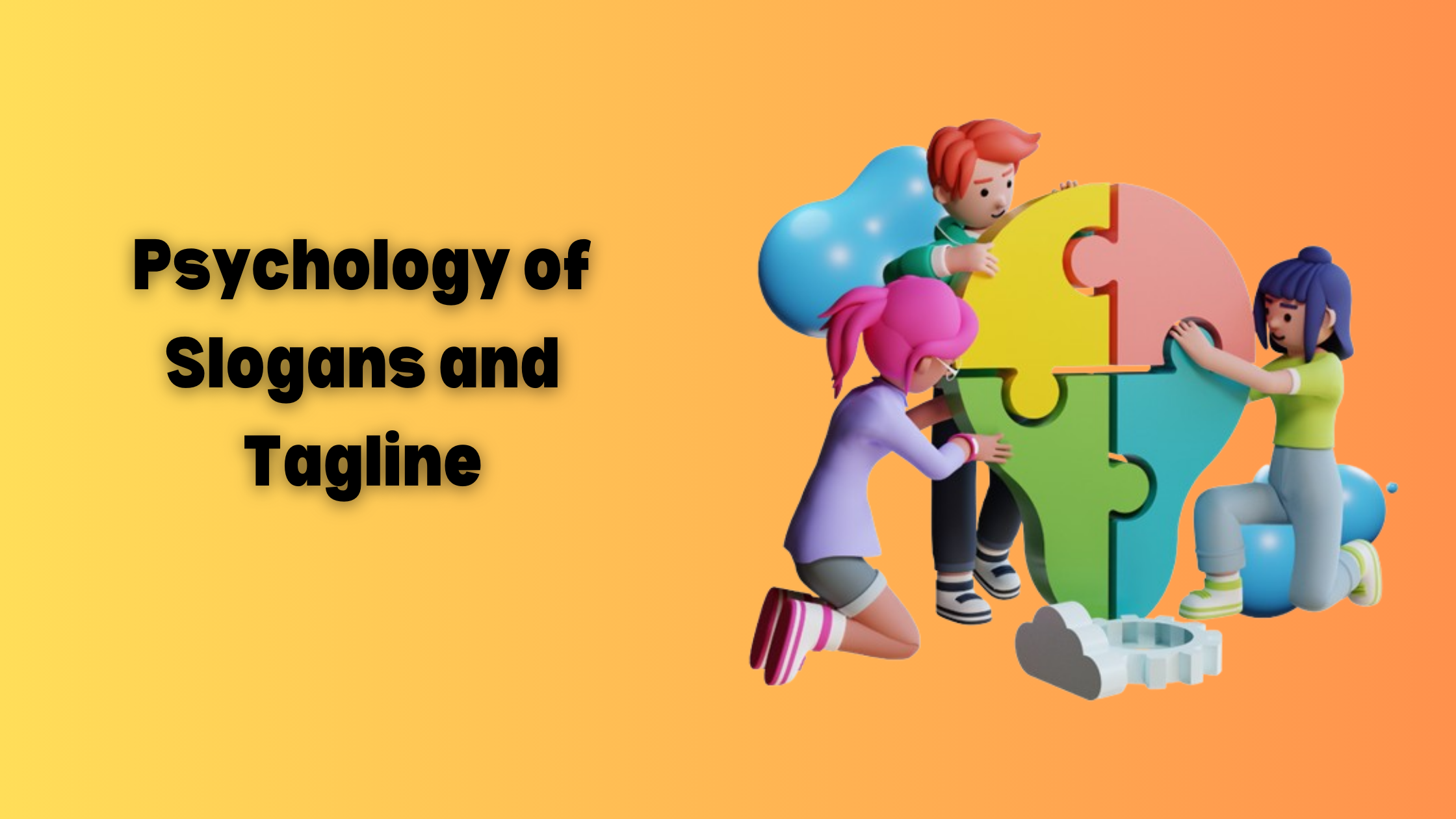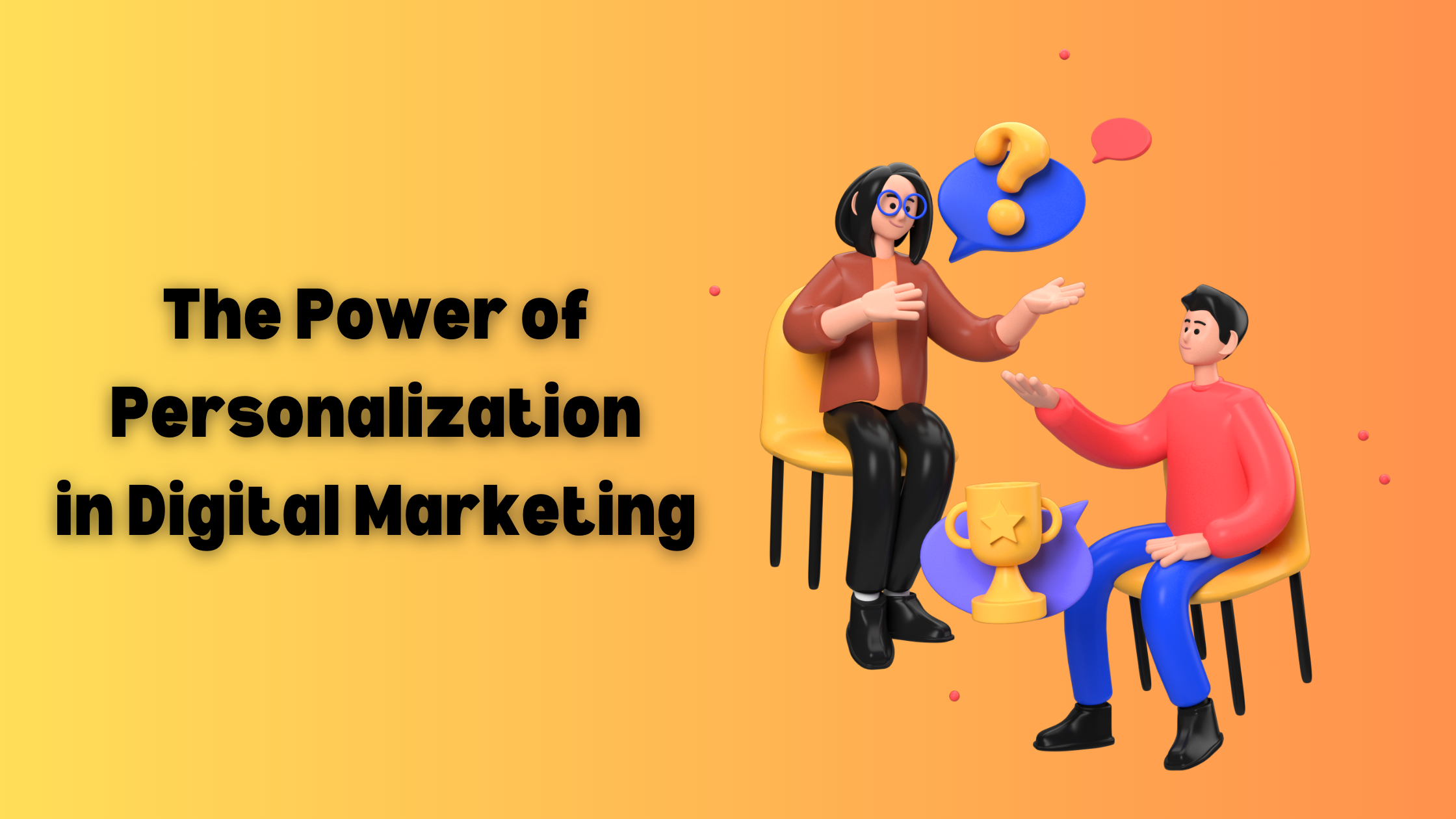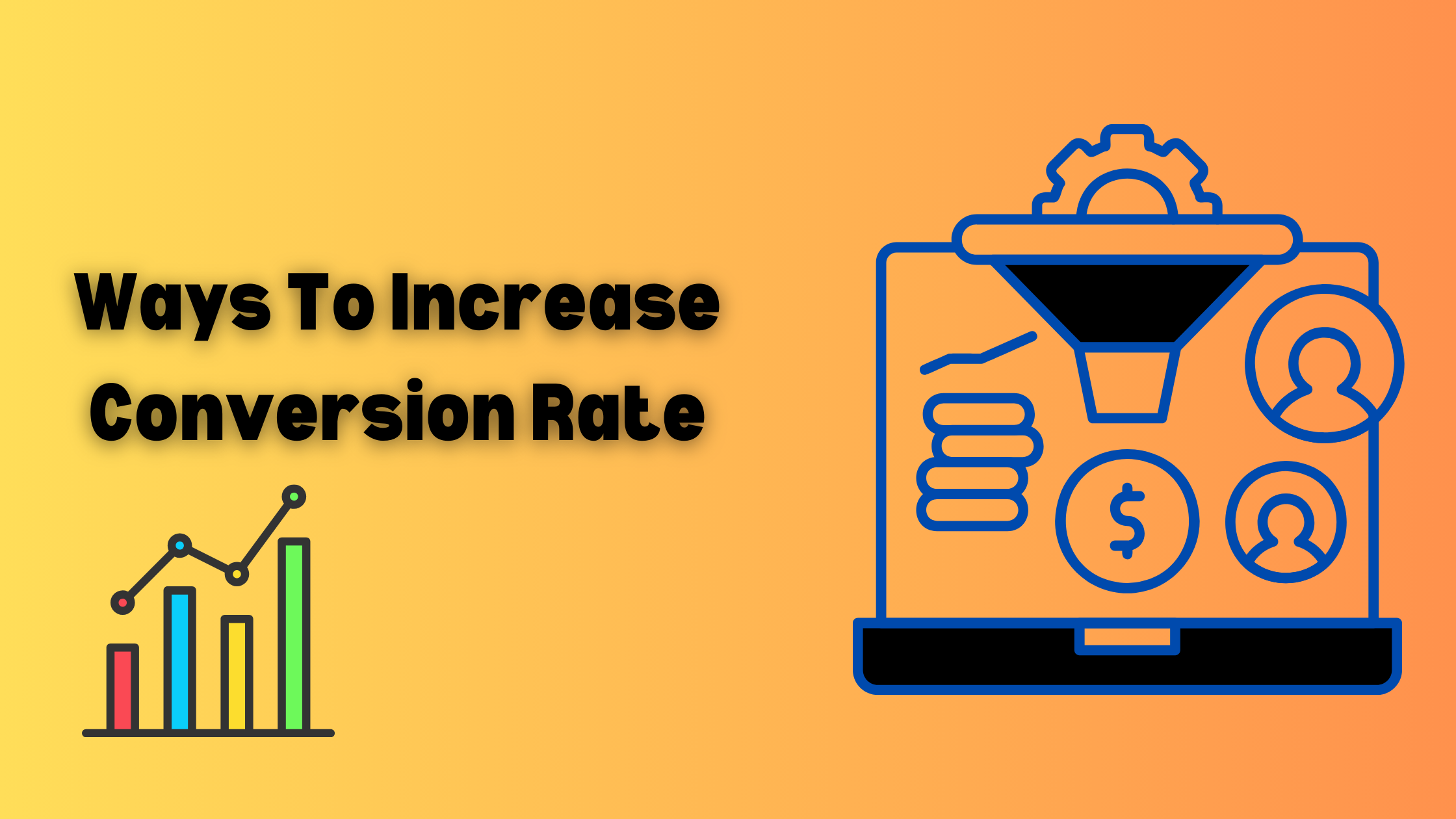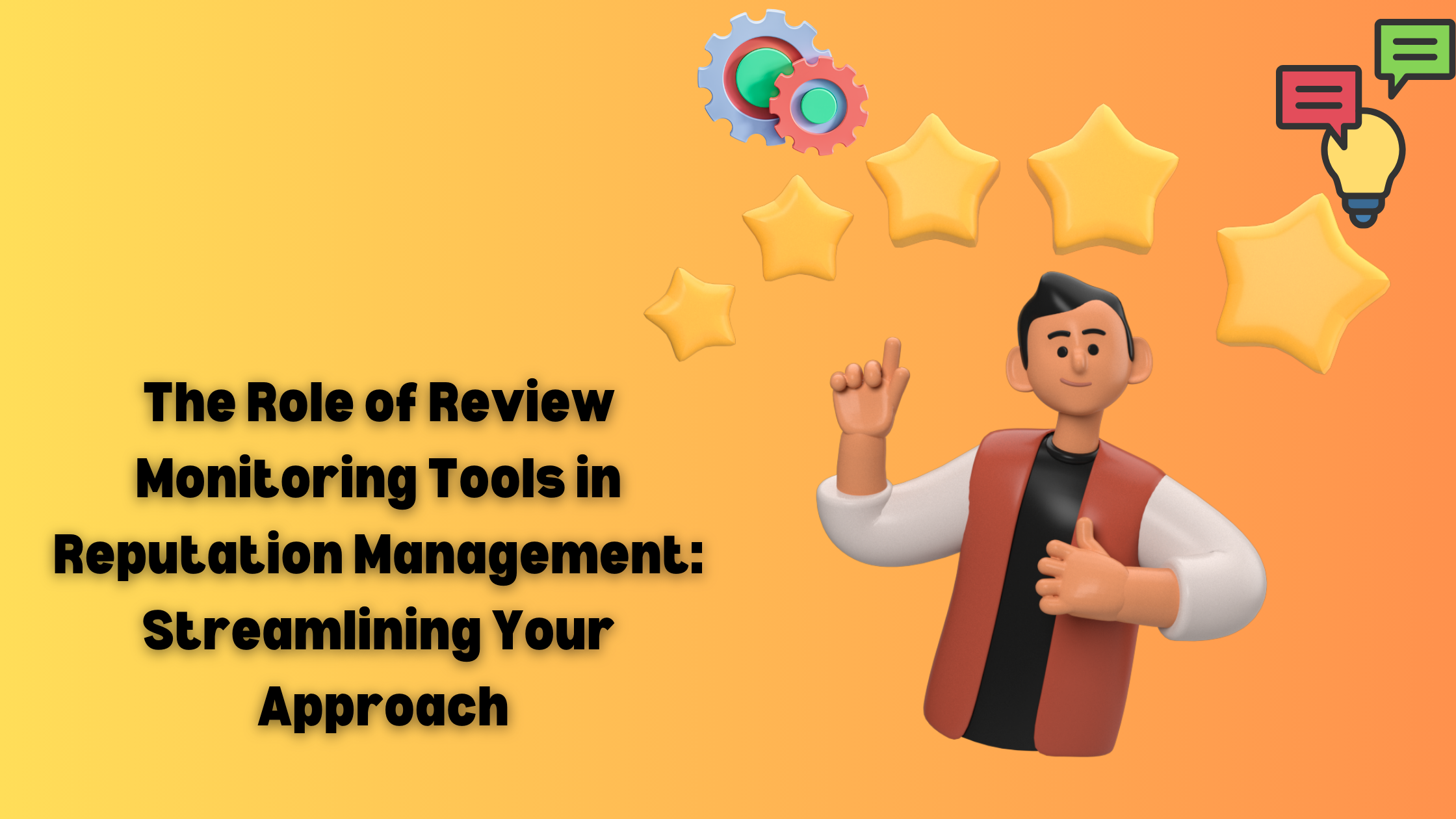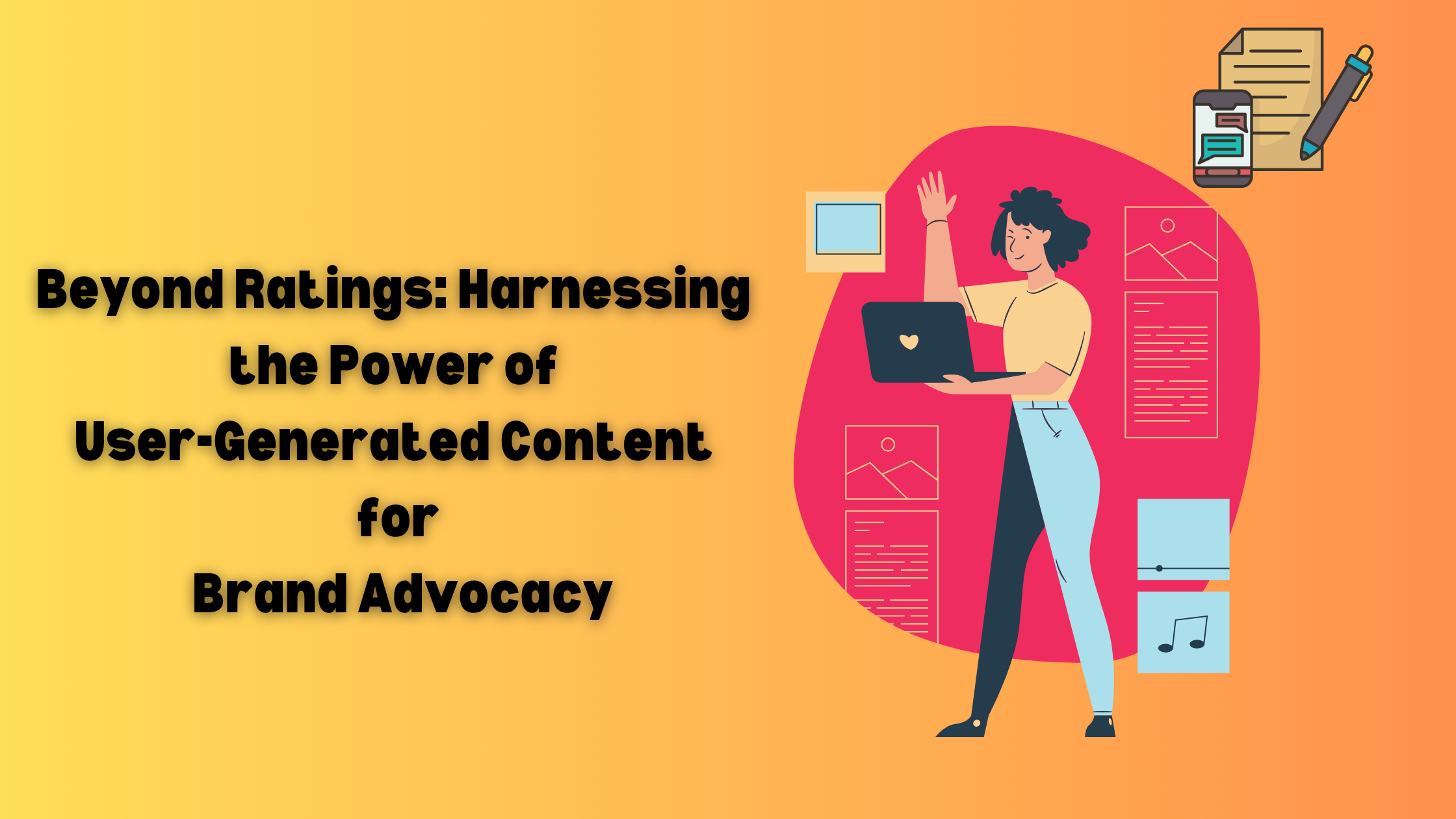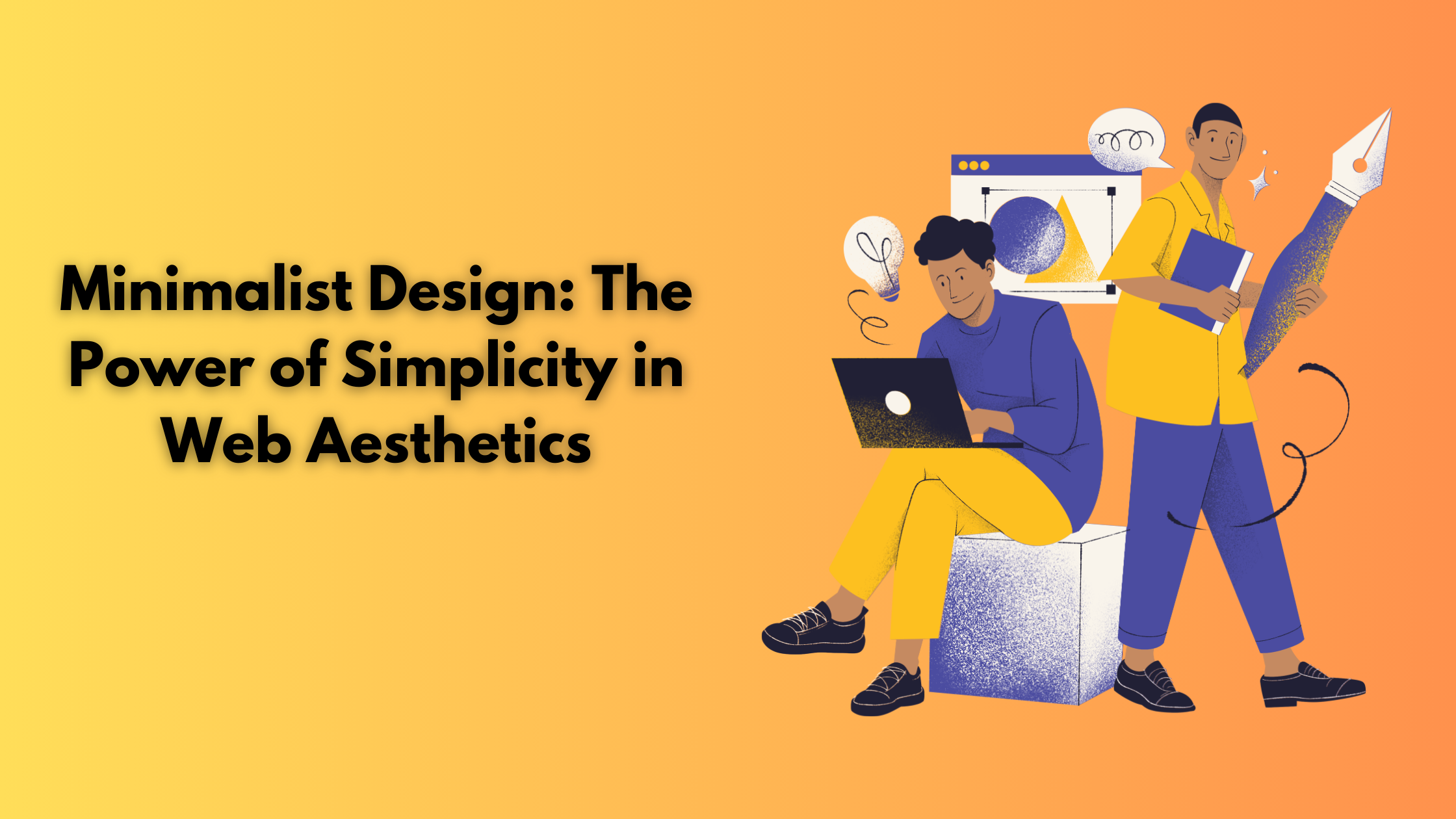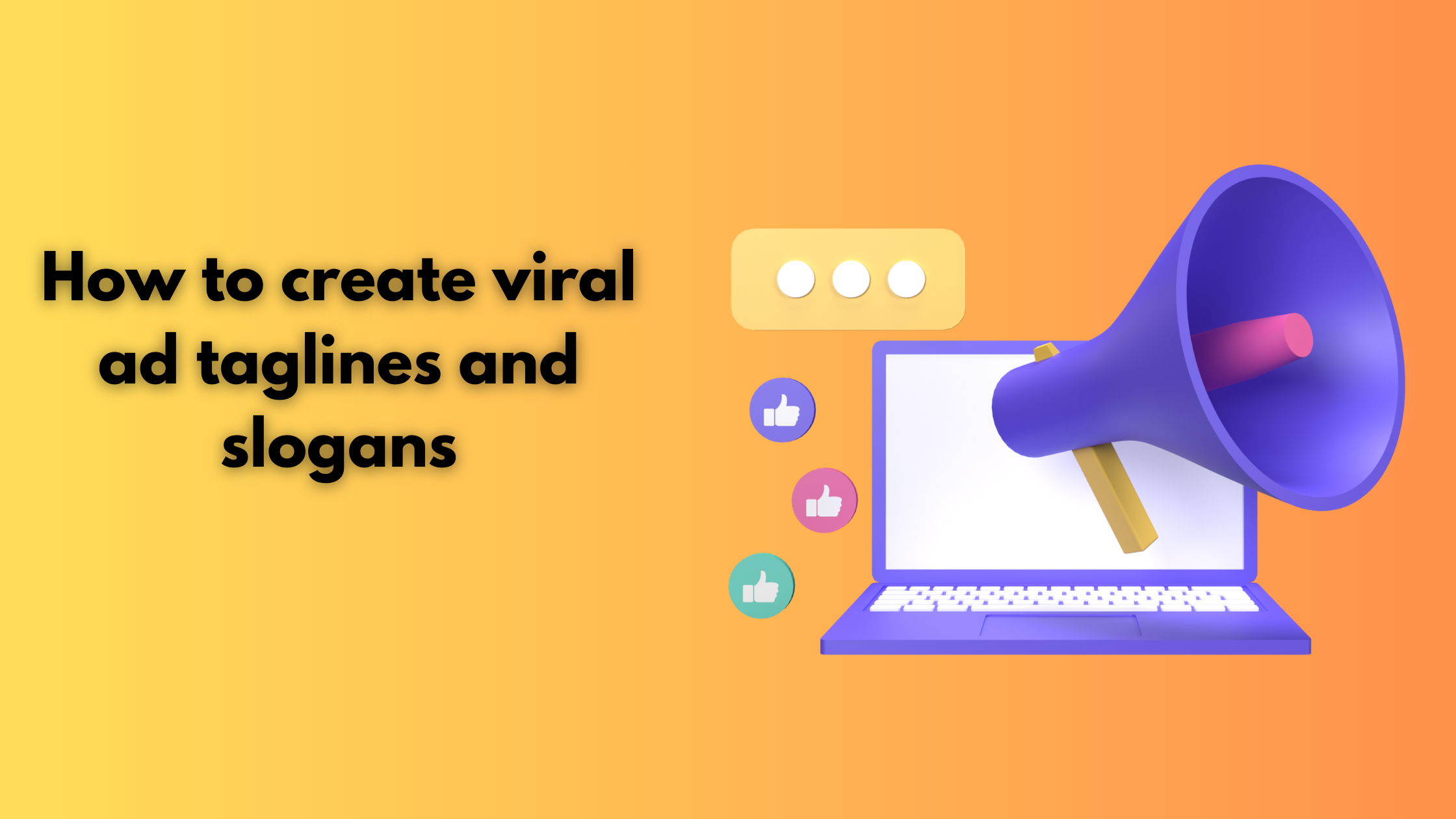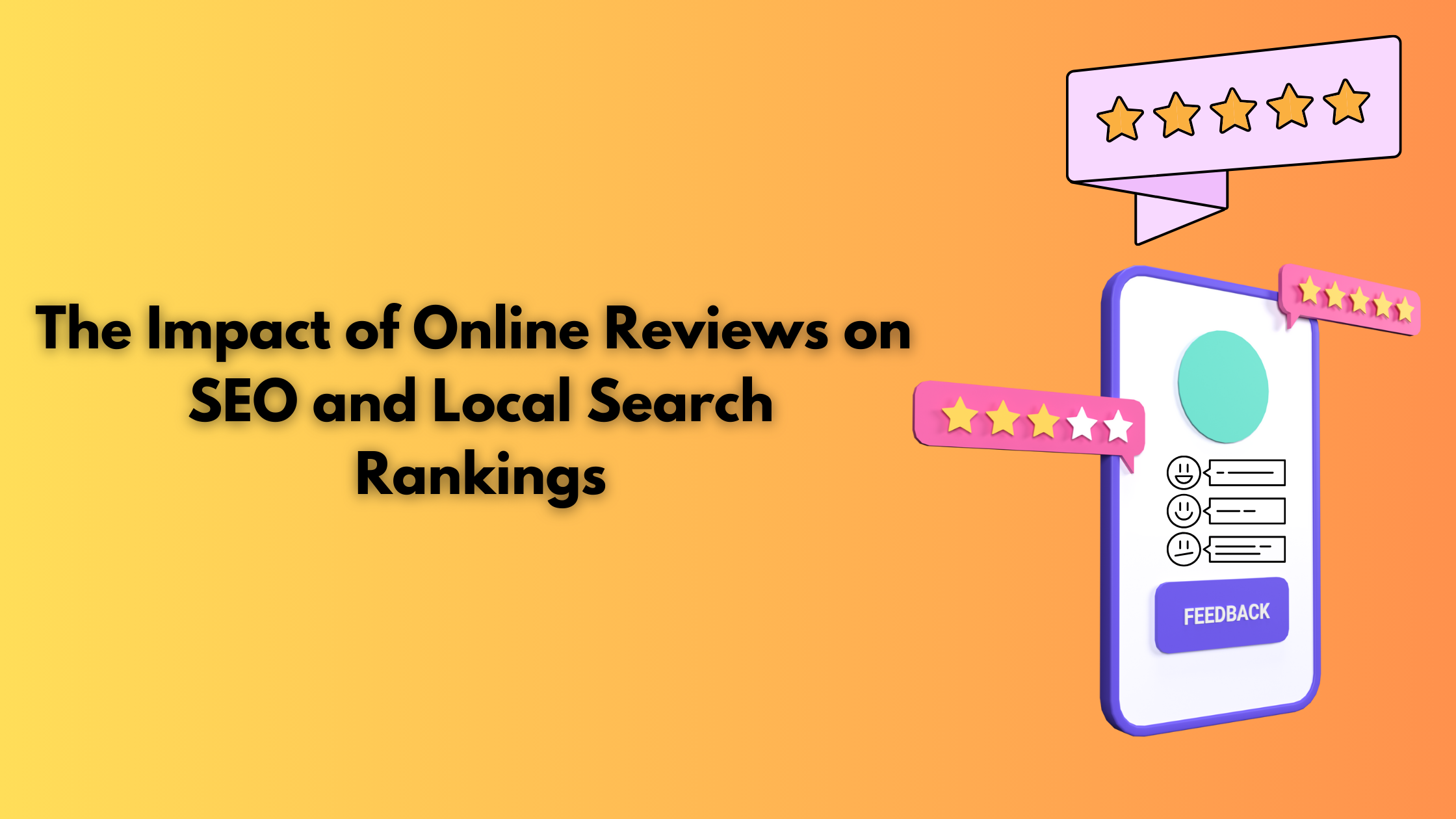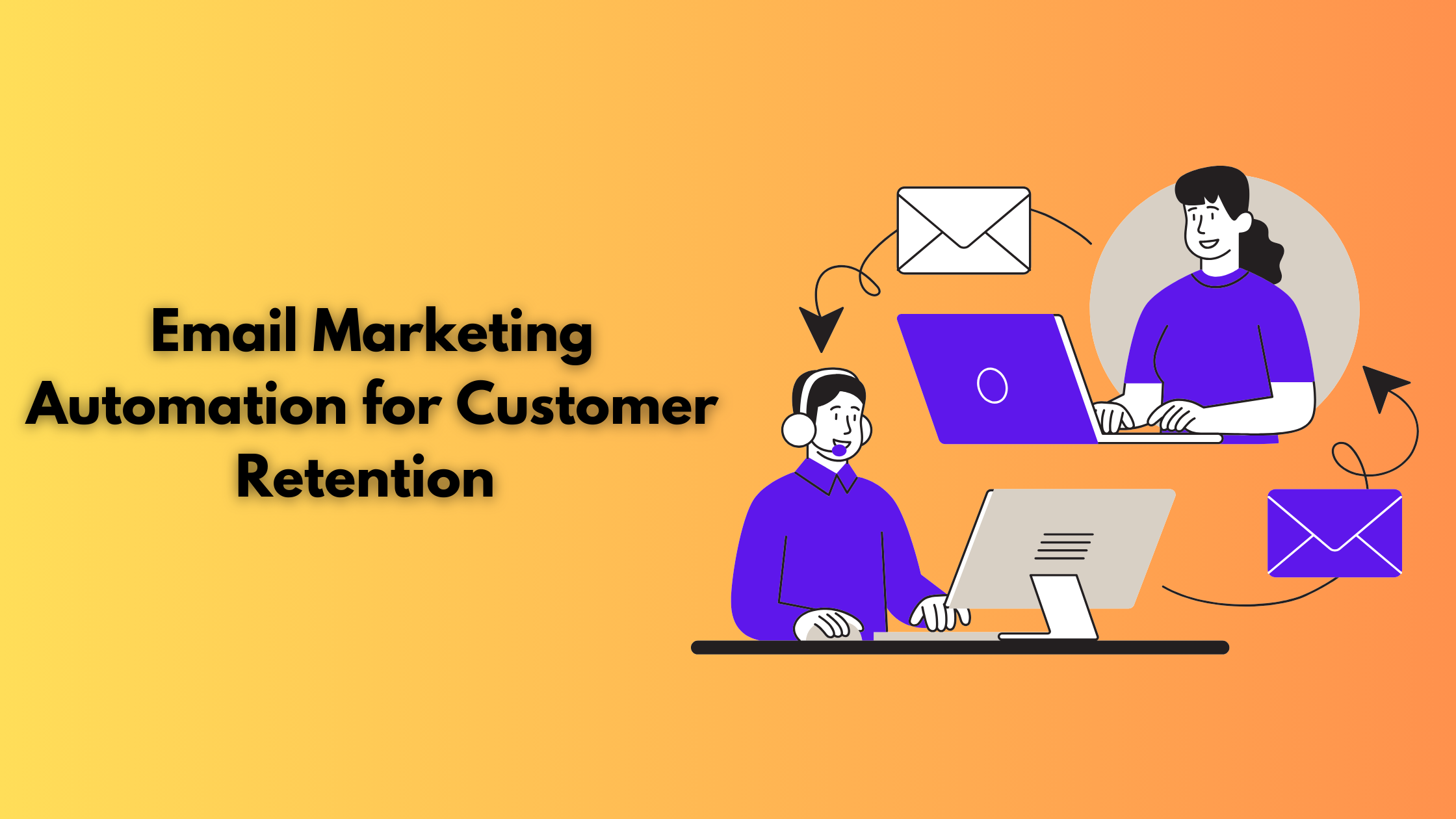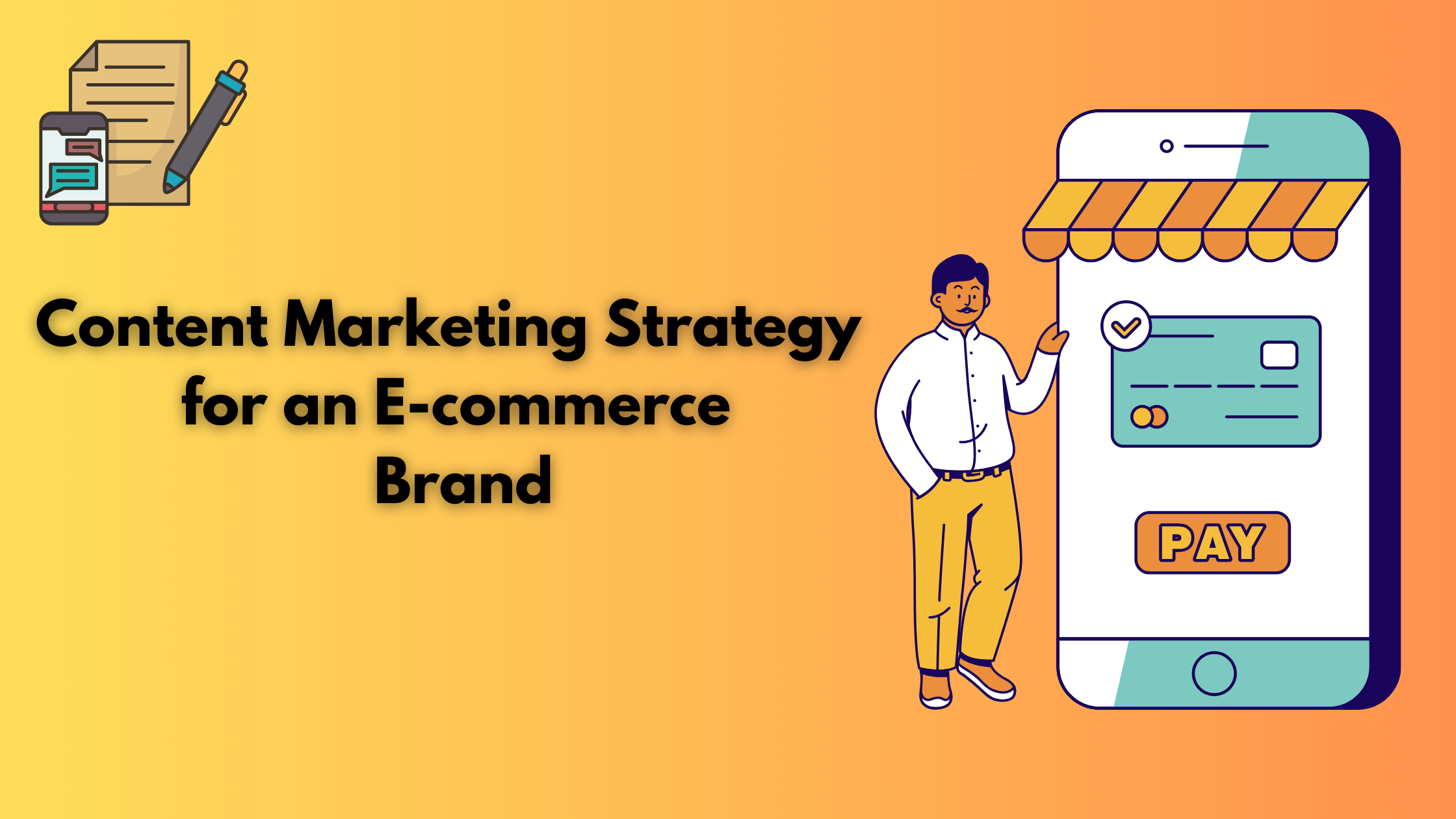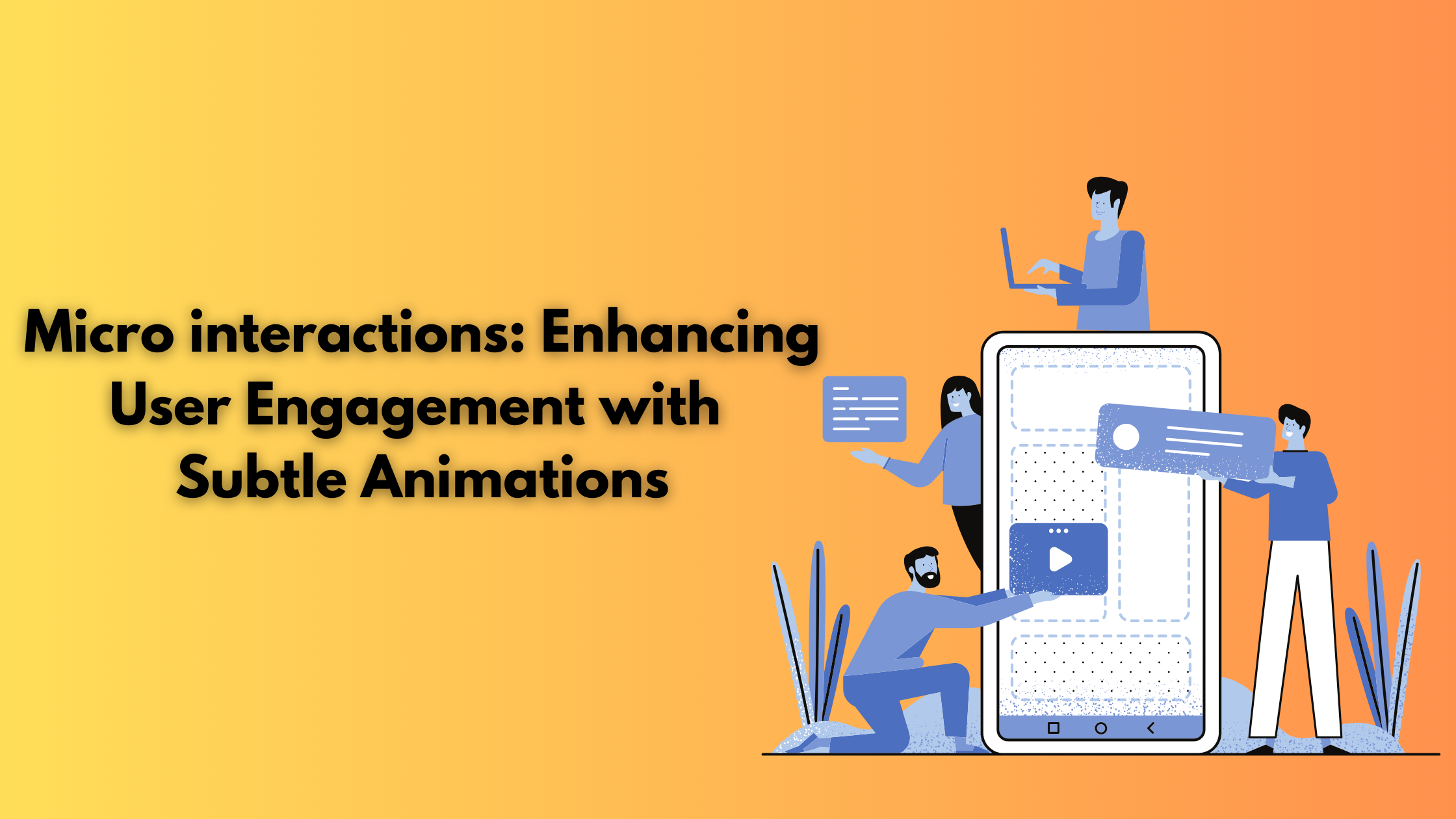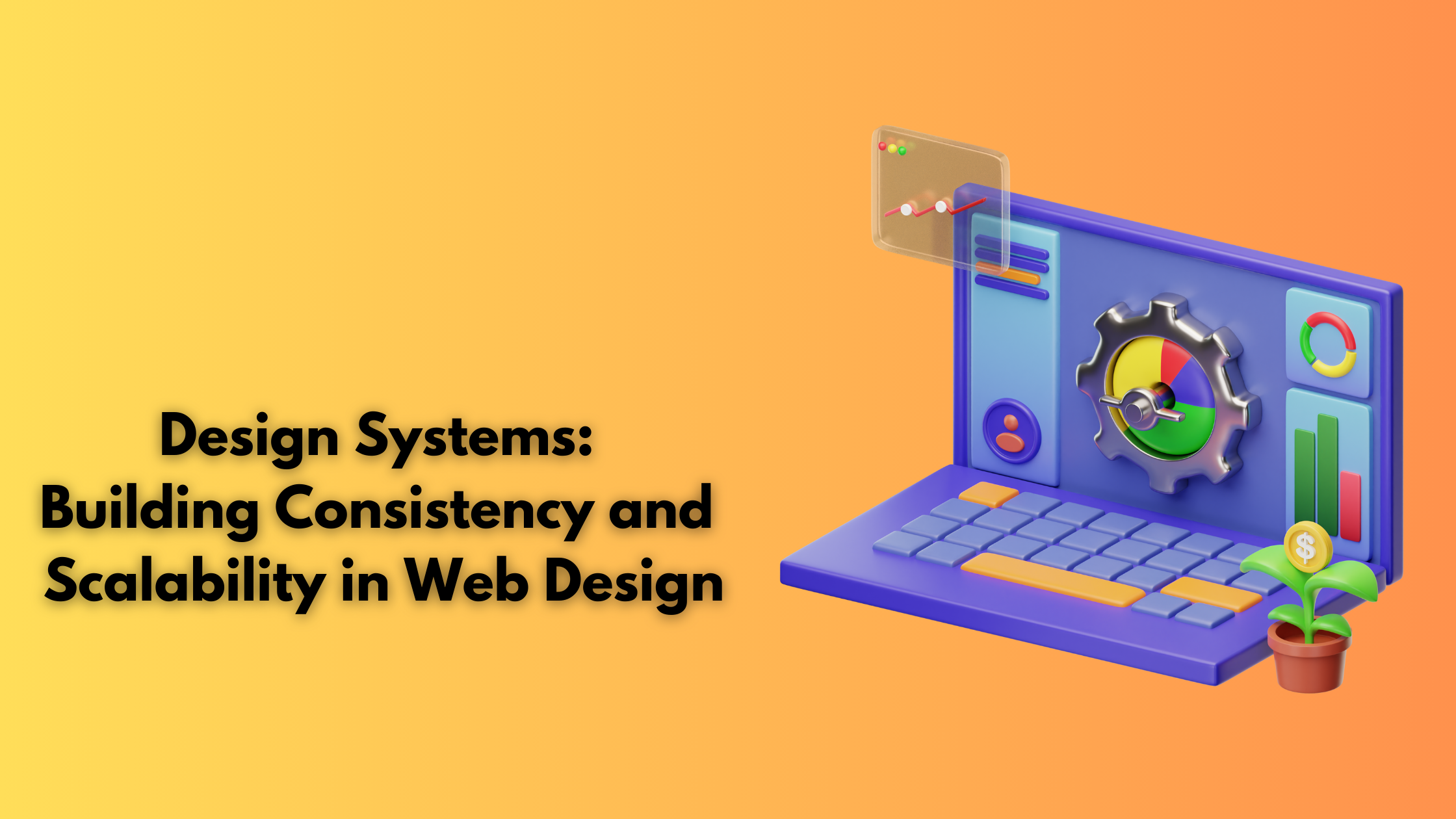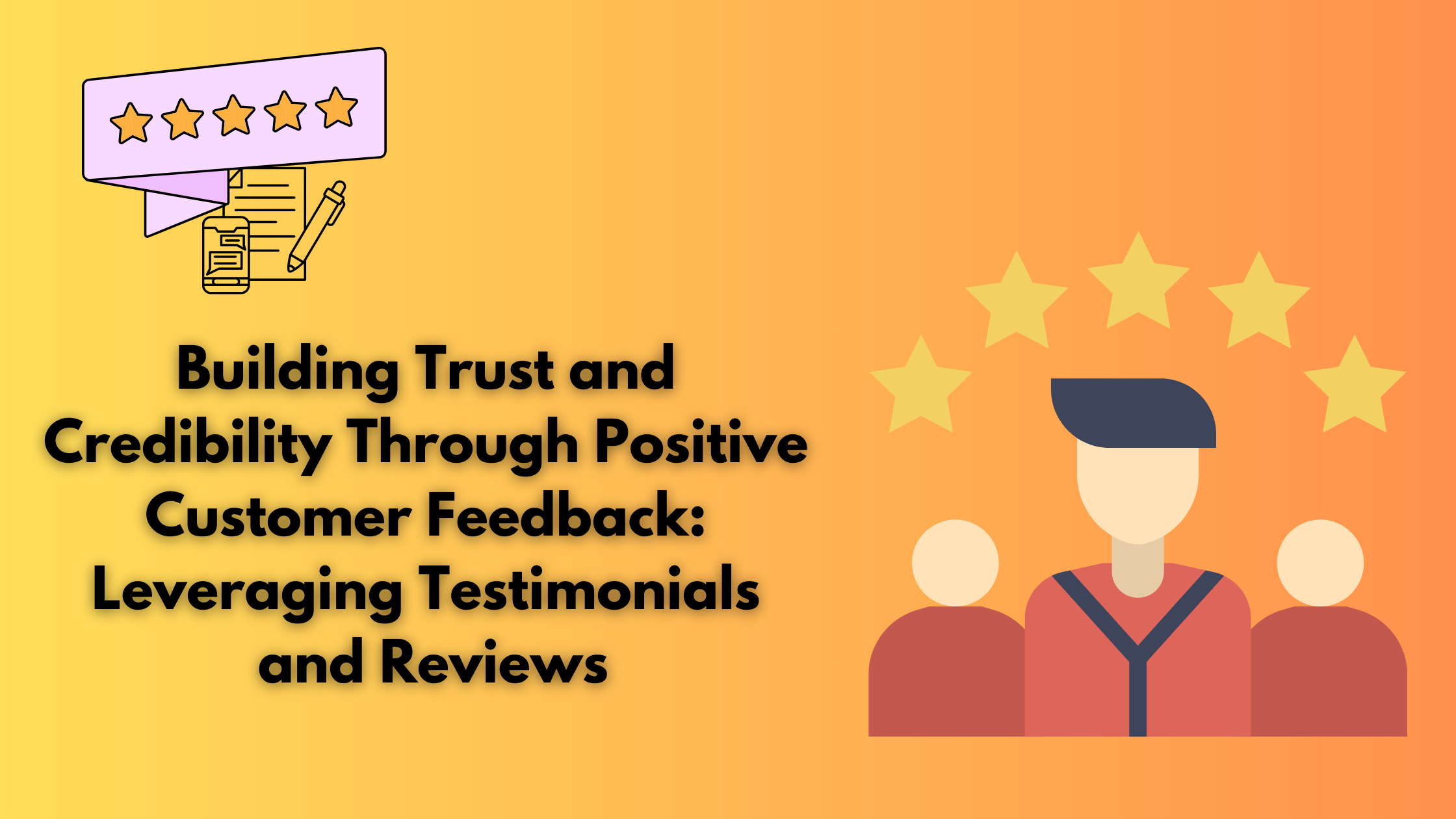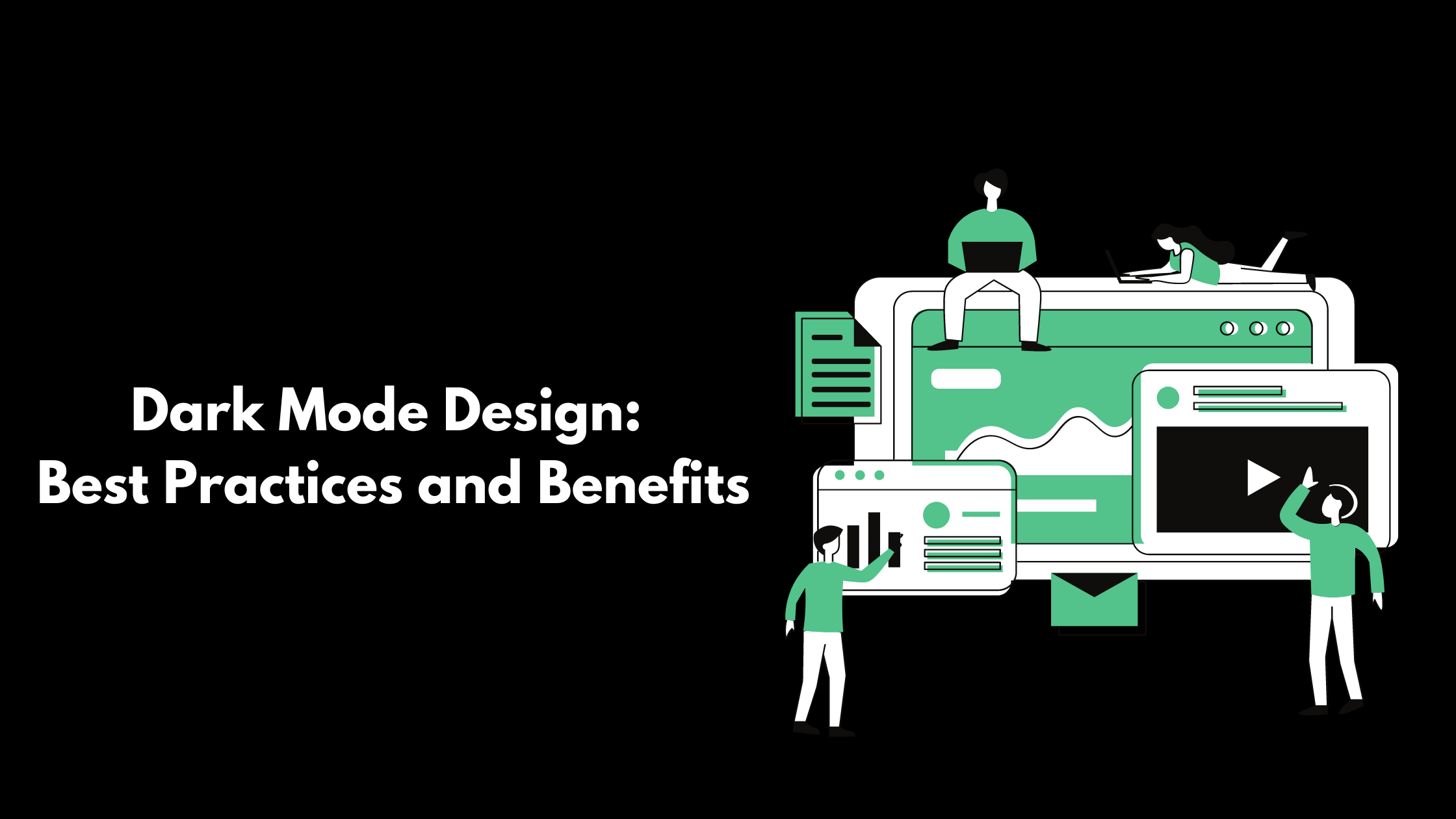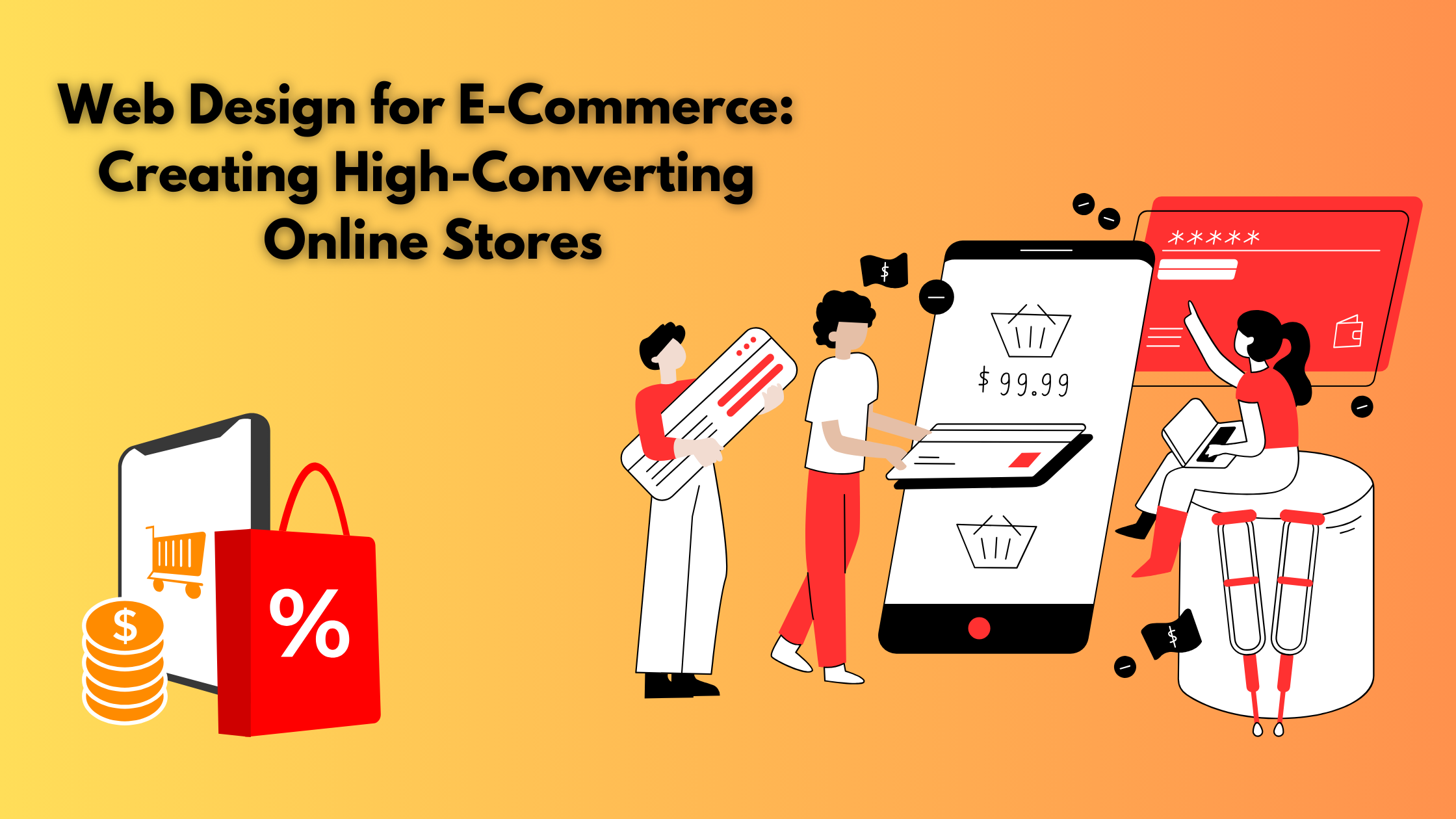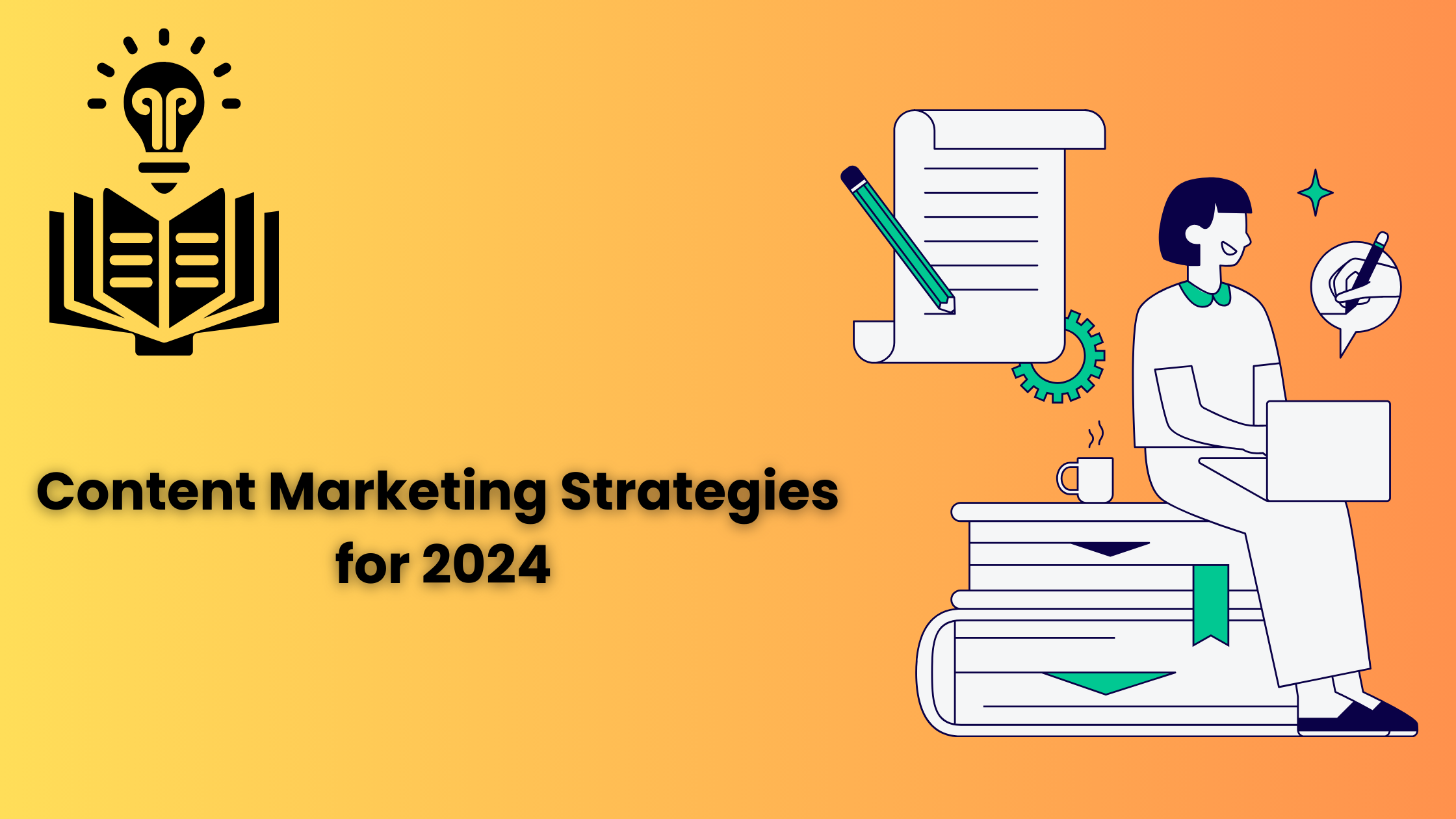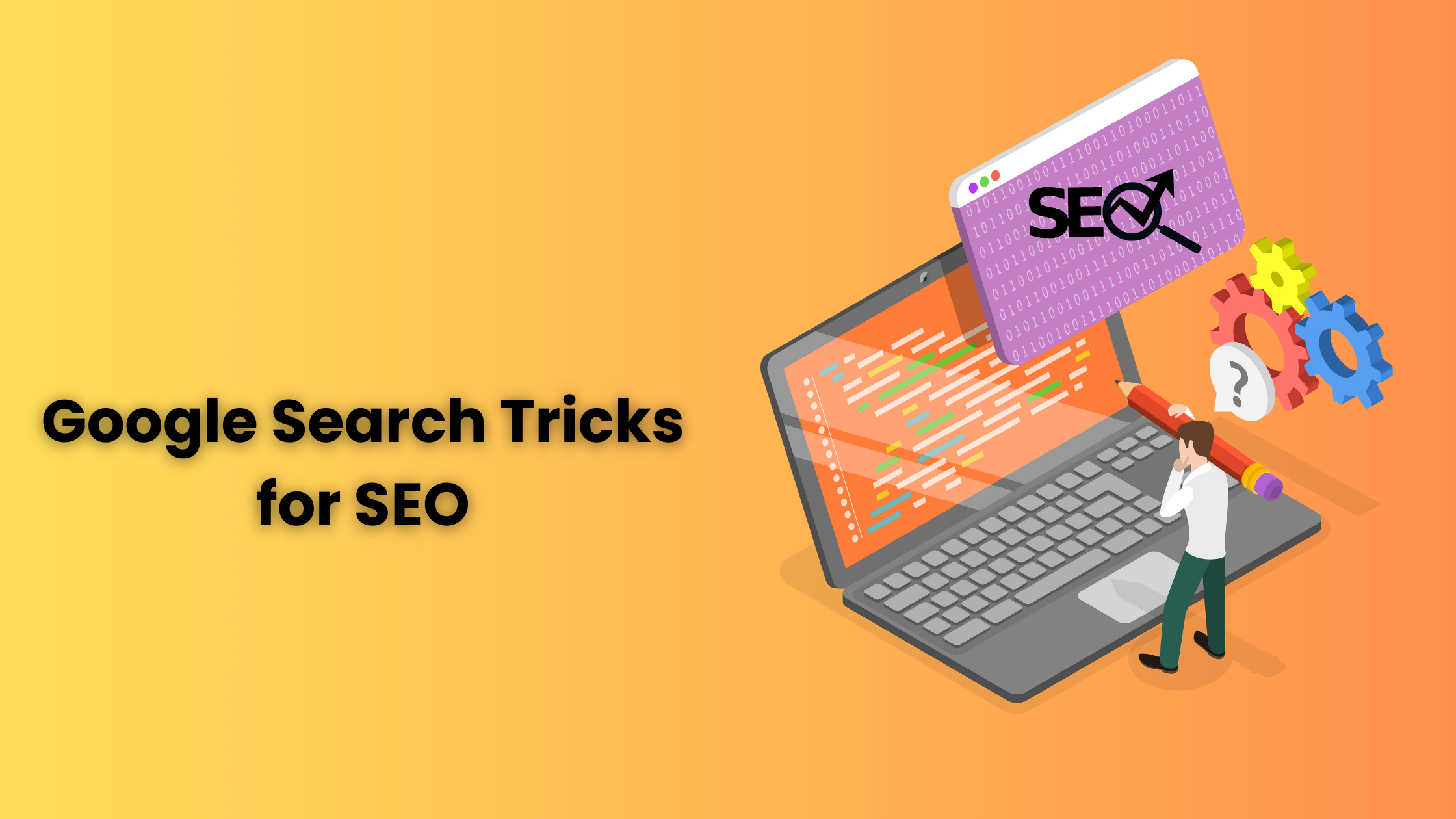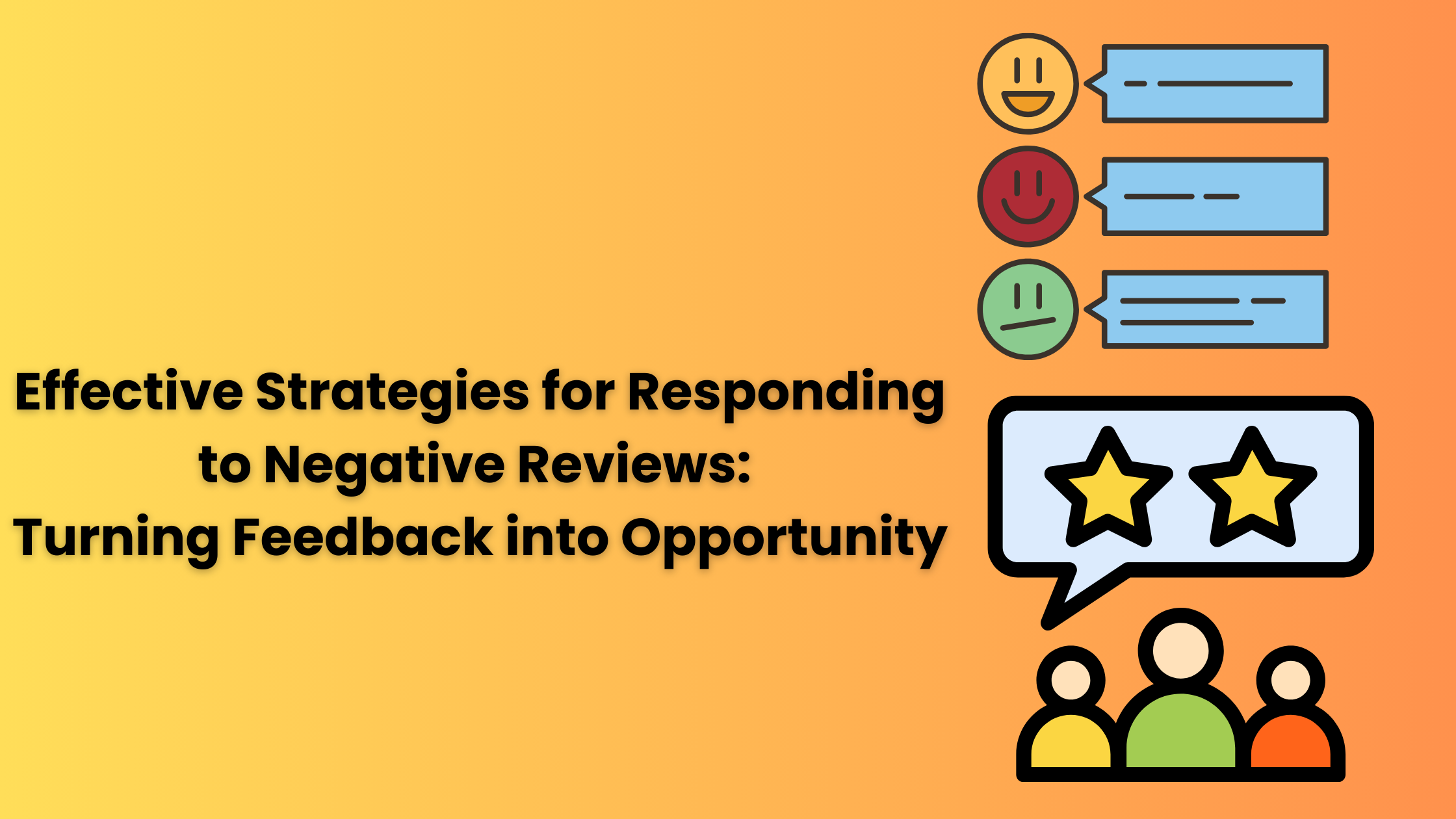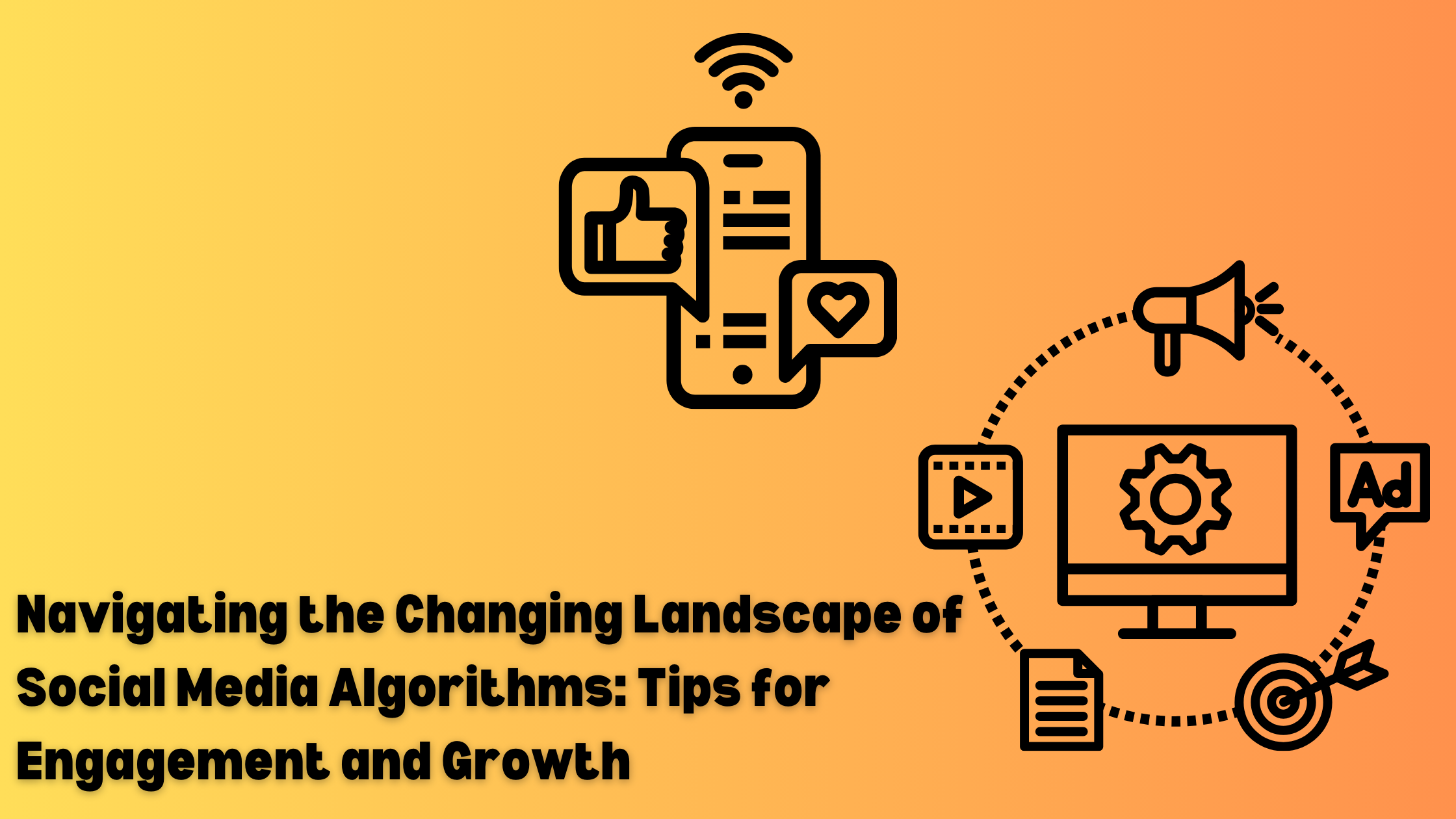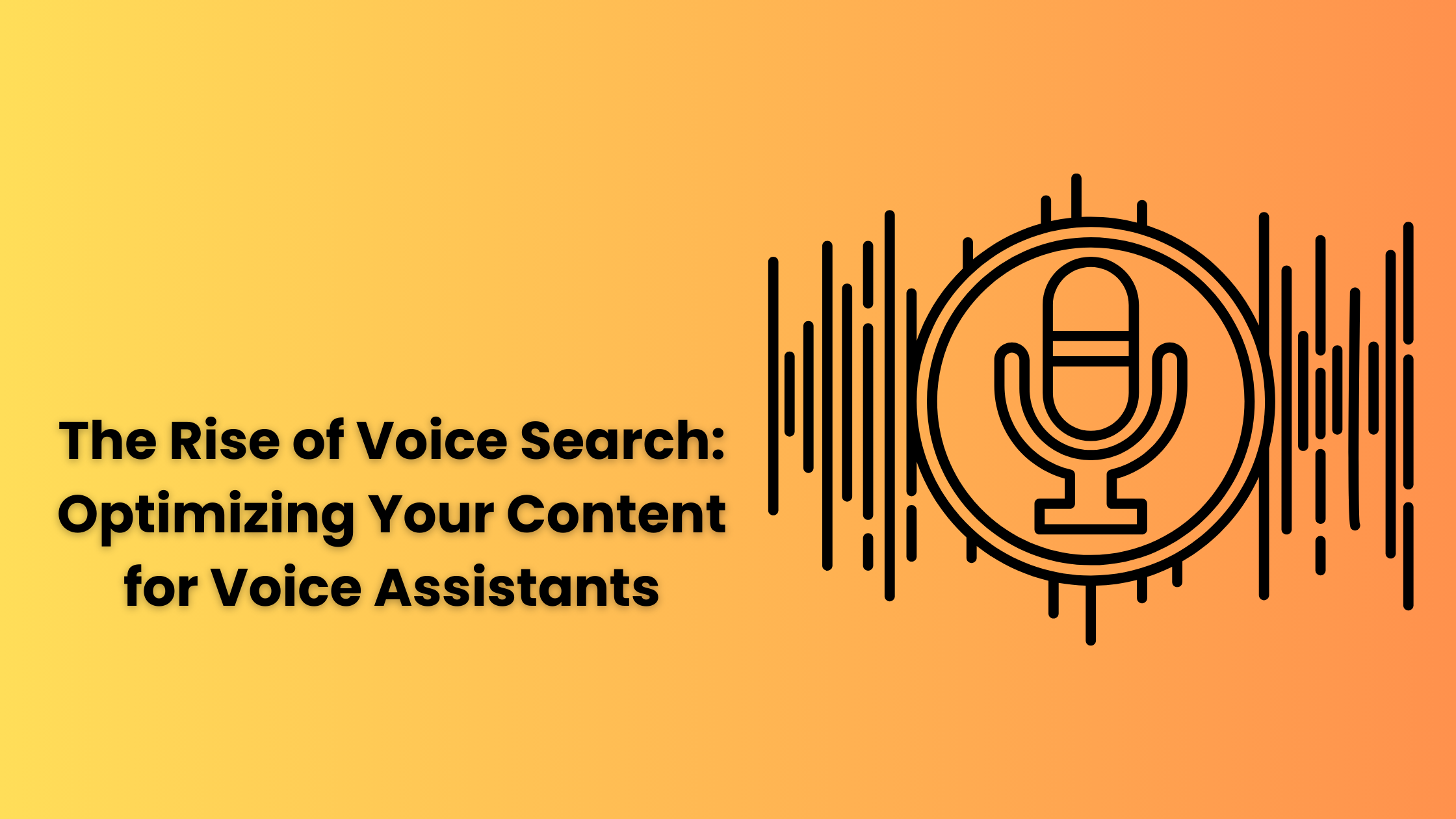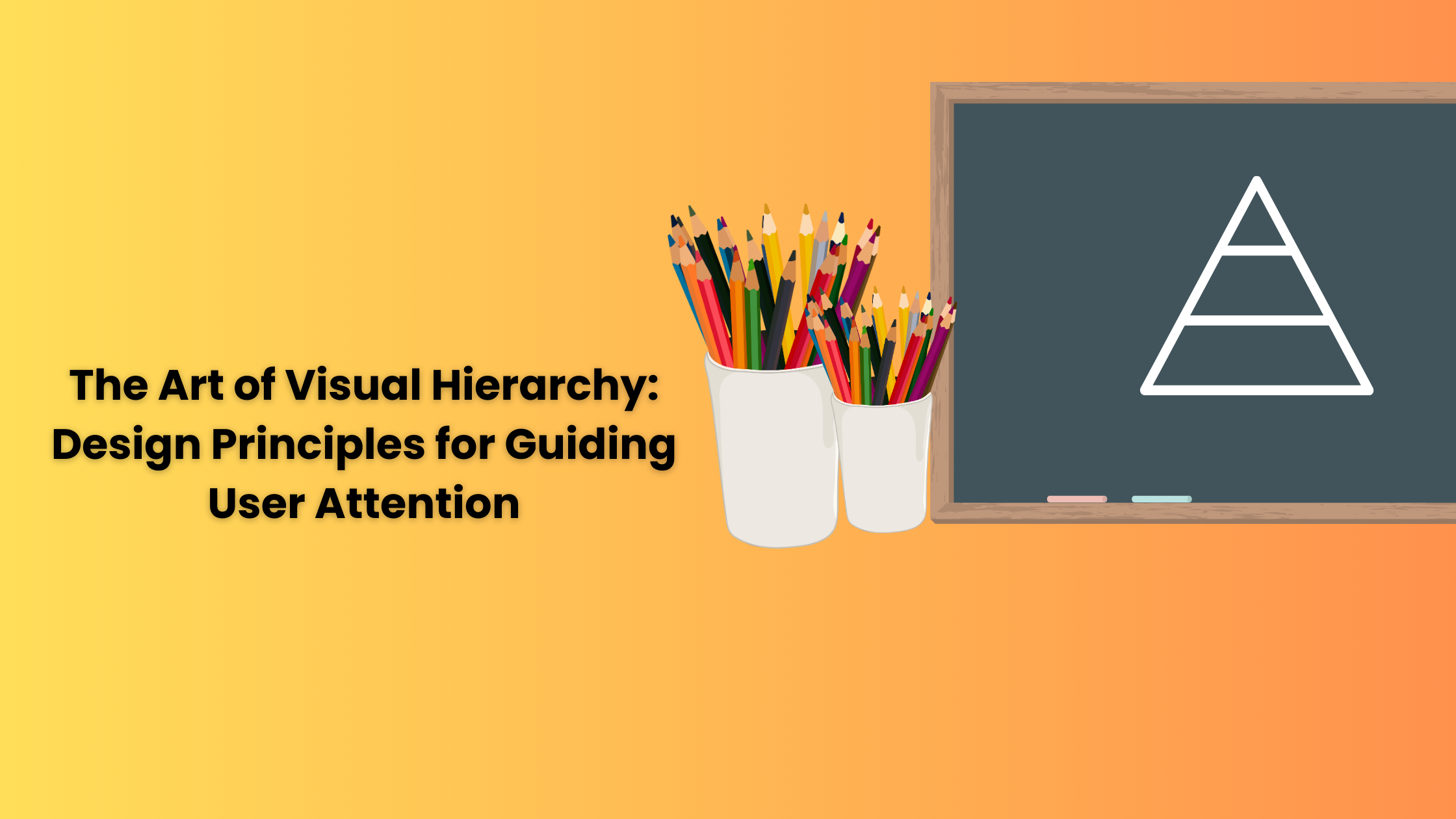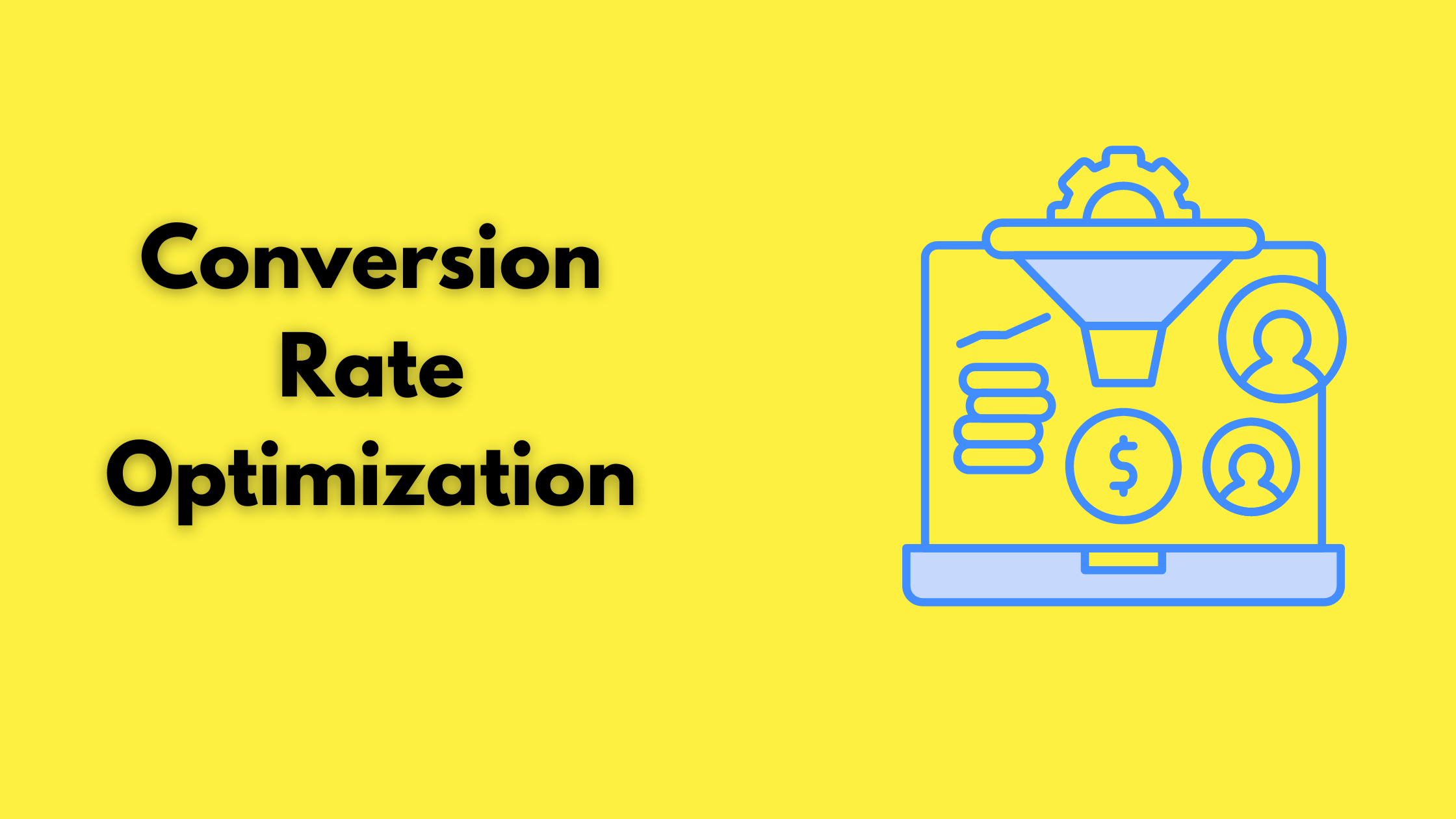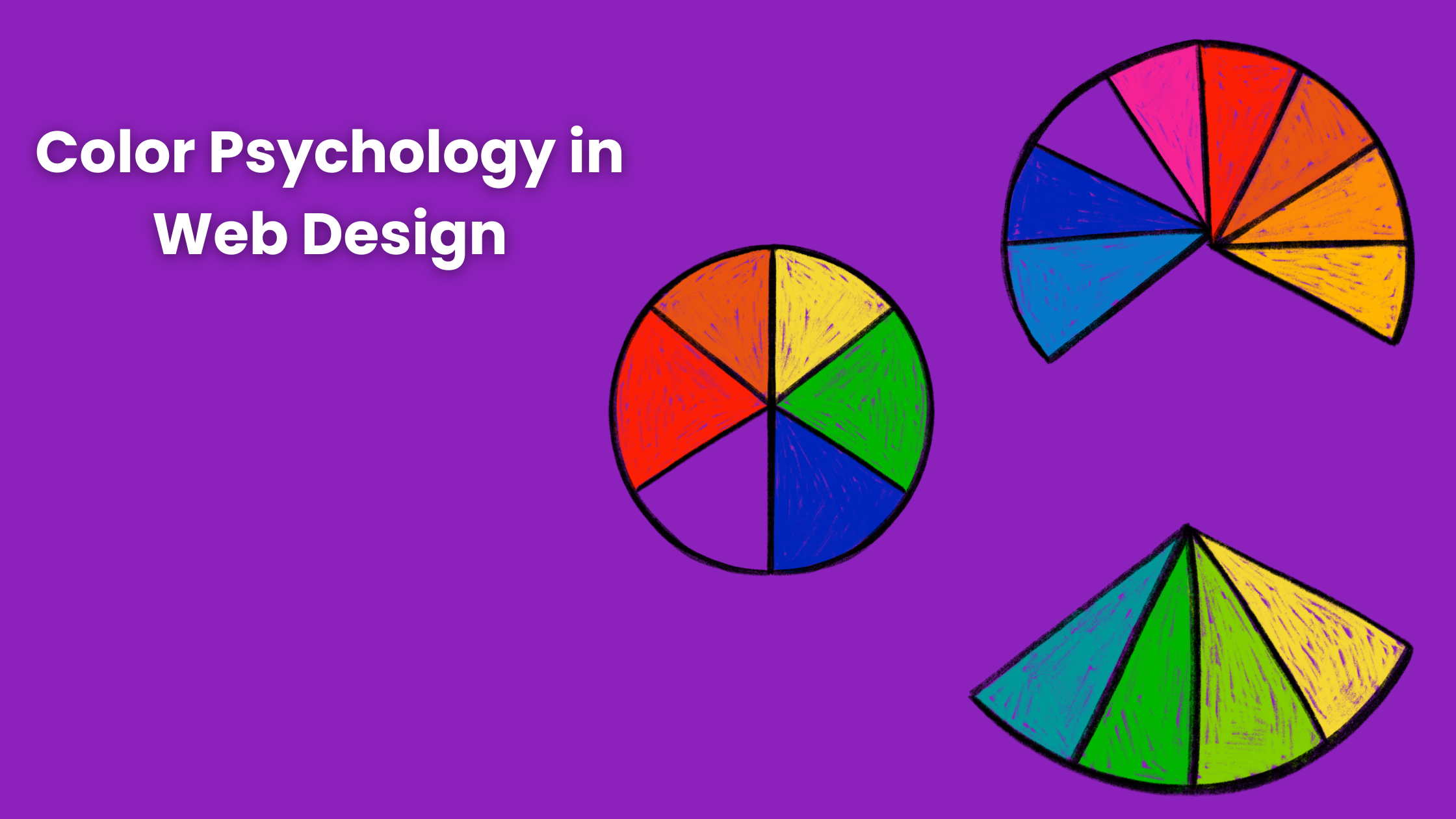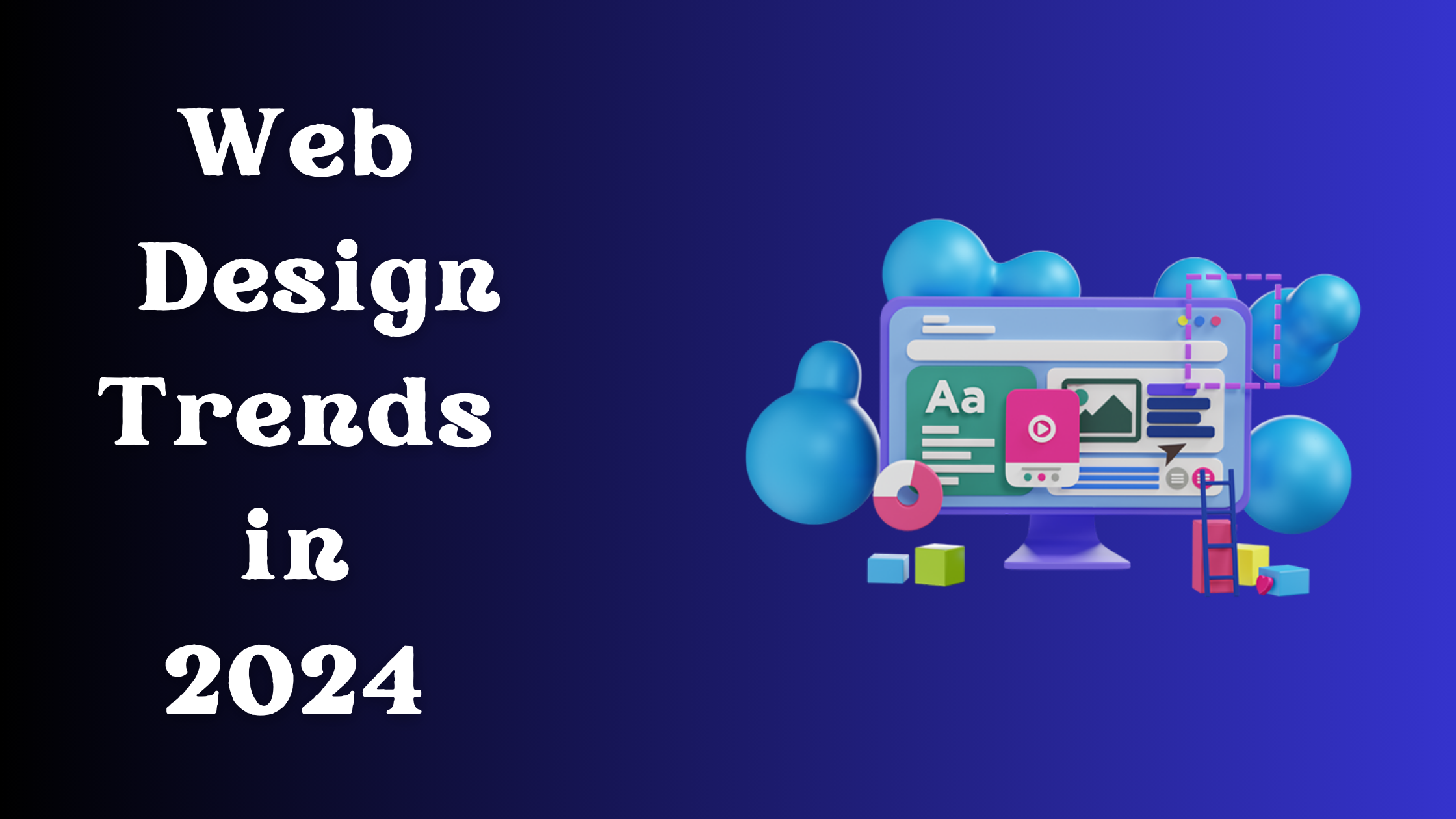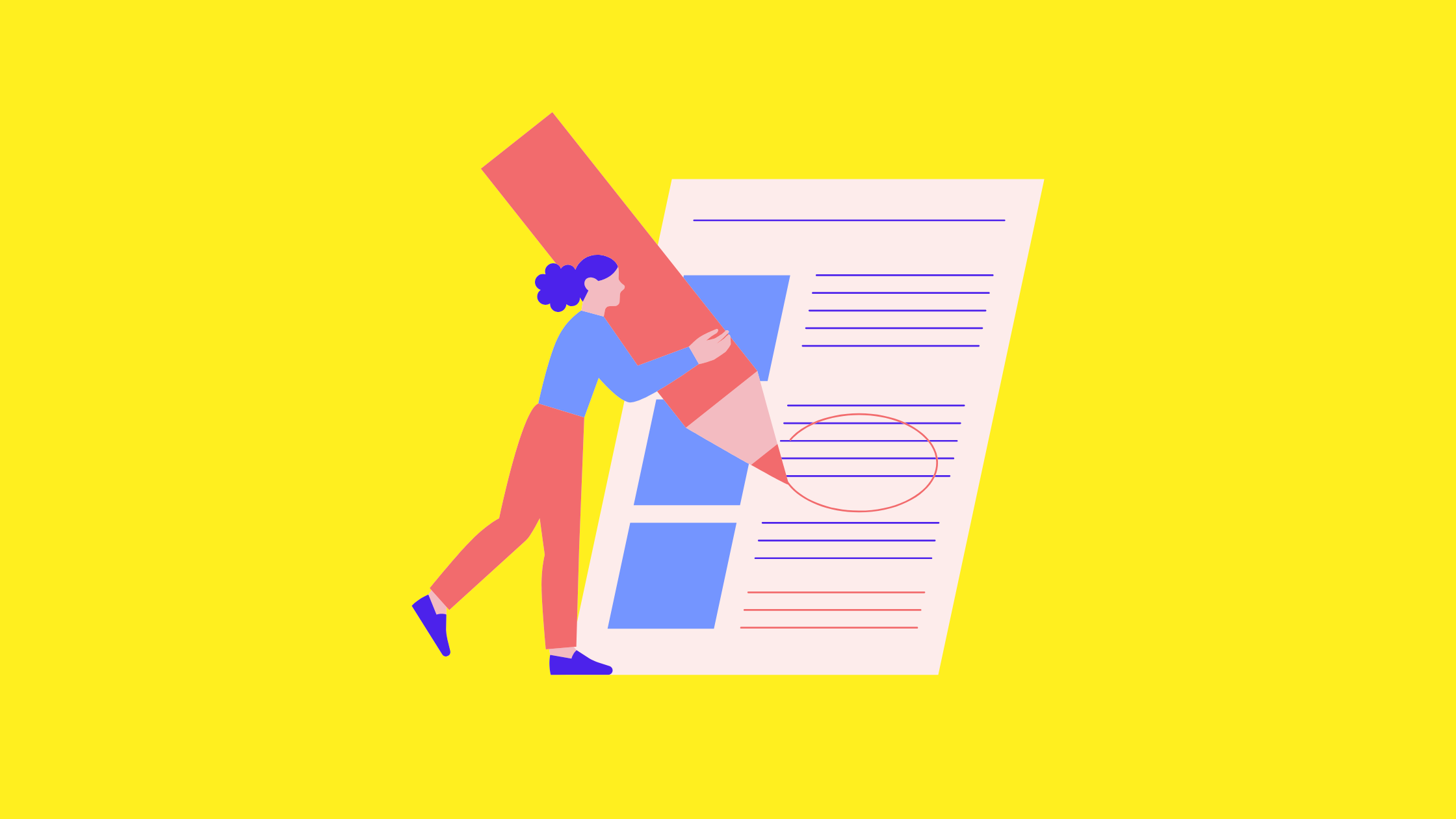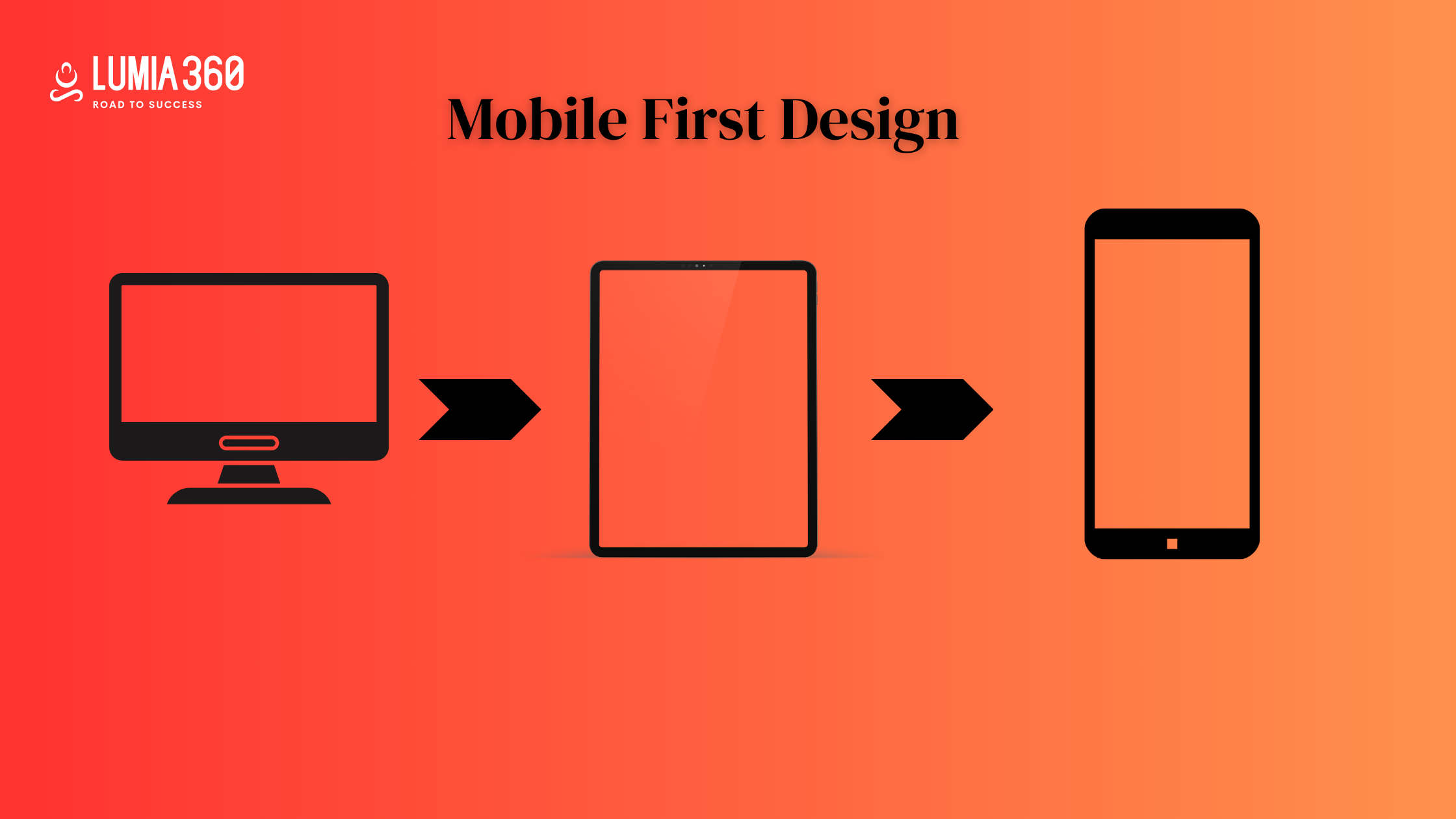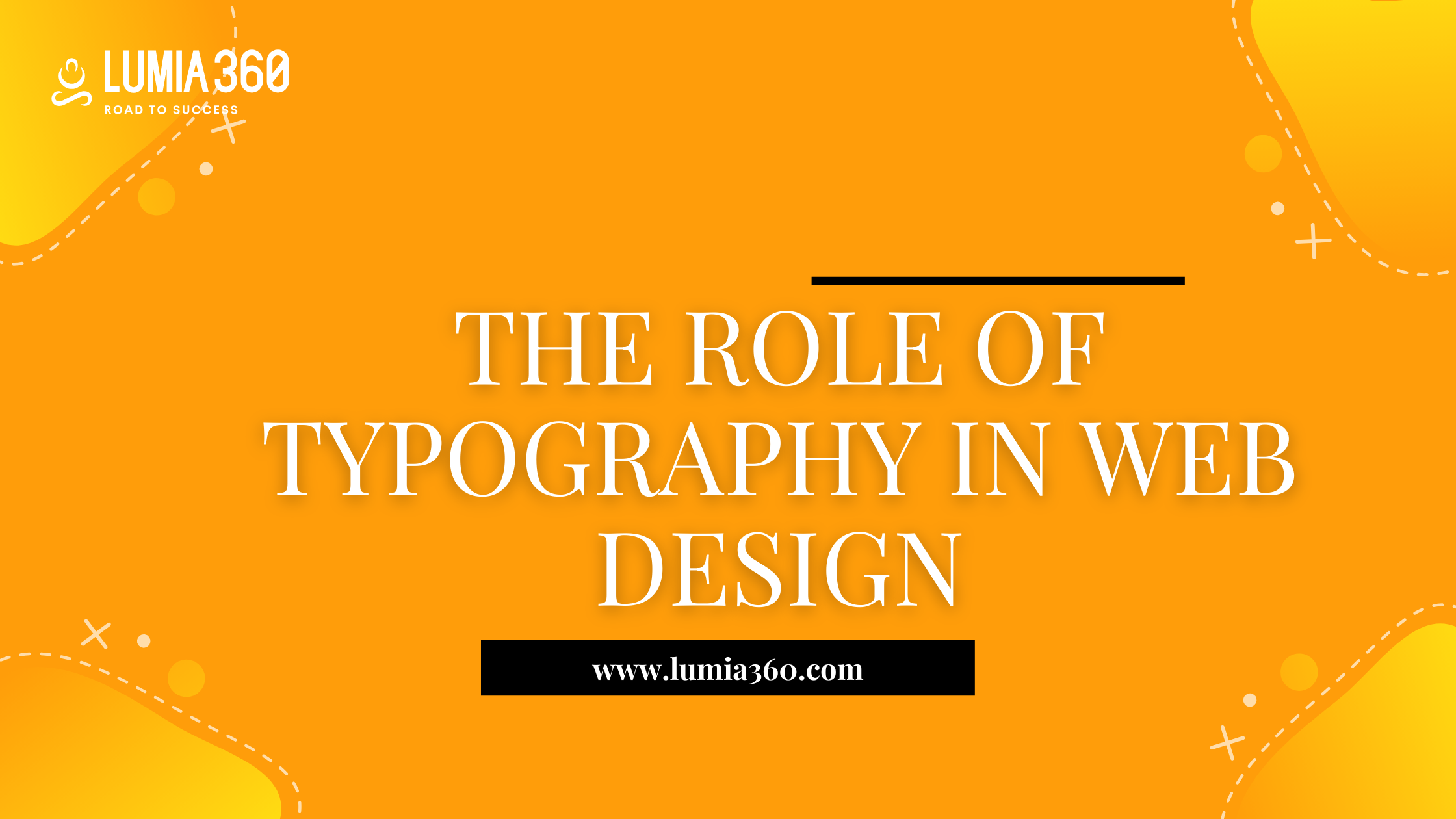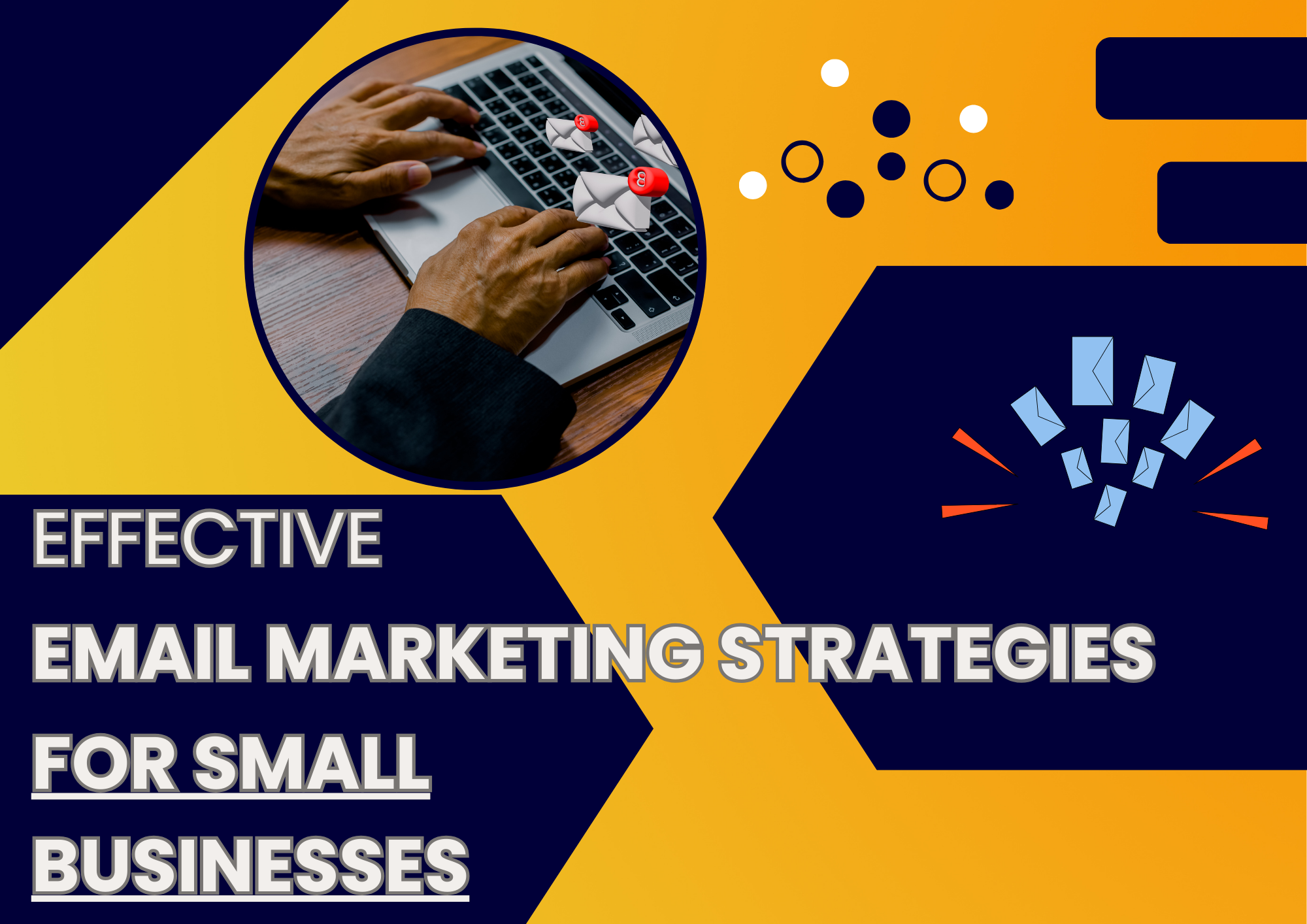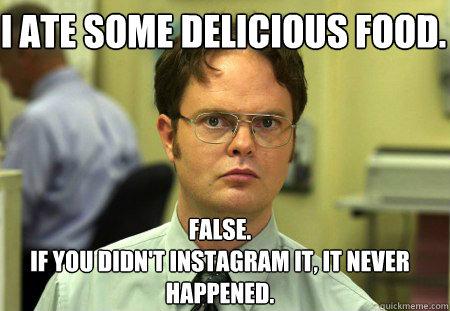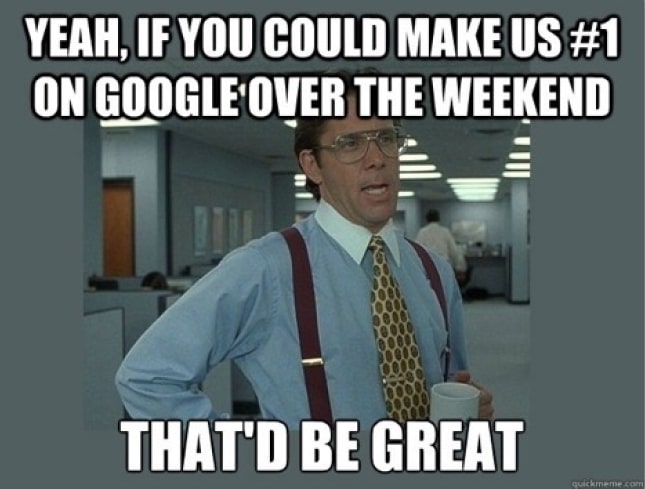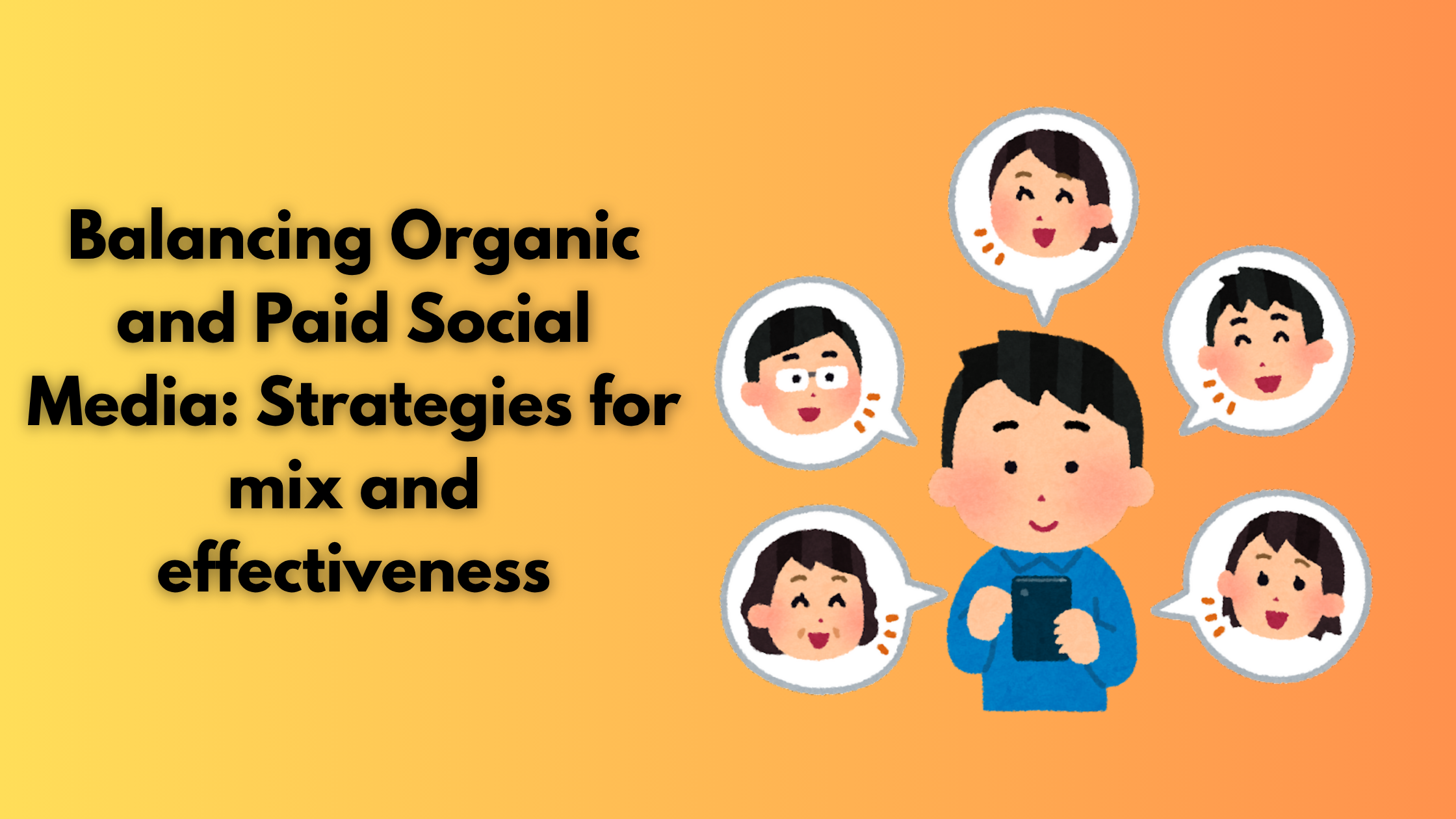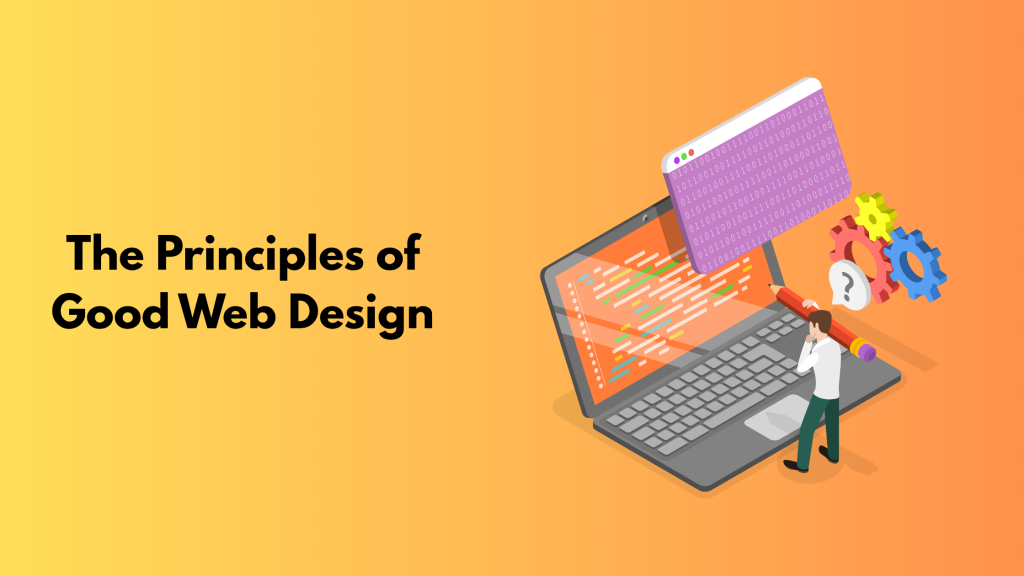
Three new websites are built every second, with 252,000 new websites created every day. Within 10-15 seconds, a visitor landing on your website can decide whether they want to continue or leave your website. Irrespective of your backend code, if your web design isn’t impressive, users will lose interest and bounce. If users can’t understand the purpose of your website, its navigation, layout, it is important to address these issues. Poor website design leaves a negative impression.
Several factors, such as typography, colors, imagery, simplicity, usability, etc, contribute to a good website design. 94% of first impressions are design-related. Also, 75% of online users judge the credibility of a website based on its overall aesthetics.
In this article, we’ll understand why good web design is important, the principles of effective web design, and tips for creating it!
Why is Good Web Design Important?
Whenever a new lead visits your website, your website helps in building a first impression of your brand. It helps in shaping the future interaction with your brand. It helps in building the first impression of your brand
Your website helps in conveying your brand identity and philosophy. If you have competitors in your industry, your website can make a change; it can make your customers go in your favor. It boosts your brand’s awareness and makes it more memorable. Search engines consider how people respond to your website when ranking it in search engines. If your bounce rate is low and people frequently visit multiple pages of your website, search engines will rank you ranker than your competitors.
Technical seo is also important. Websites with well-designed titles, page structure, and links are more accessible. Thus, search engines and customers favor such websites.
Principles of Effective Web Design

Here are some of the principles of an effective web design
- Easy Navigation: According to a study, the majority of people stated that navigation is the most important website feature for them. It is obvious, because if a person, after searching, clicks on your website and, despite a little effort, cannot find relevant information, they will go back to the search engine result page and look for another website. The navigation of your website should be clear, with clear sections and buttons.
- Negative Space: Negative space is the region around subjects of a page, which can be an image, video, or text. Etc. Overloading users with a lot of information can confuse them. Using negative space can emphasize the most critical elements of each page, as a lack of color draws customers’ attention to relevant and important factors.
- Consistent & Engaging Content: Whenever you listen to brands like adidas, Apple, Starbucks, etc, their logo and design style come to your mind. This is the power of consistent branding. Whenever you design your website, craft pages with consistent elements that help give a clear visual identity. To do so, use the same font style, color, etc. Keep space between visual elements and set layout guidelines for long-form content. Create a website template for all pages.
- Complementary Colors: Complementary colors are a pair of colors that you can mix without making your design ugly. The way colors appear on screen follows the Red, Green, and Blue color model rather than the Cyan, Magenta, Yellow, and Black model used in printing. Painters often use the Red-Yellow-Blue color model that considers complementary colors to be red-green, blue-orange, yellow-purple, etc. Irrespective of which model you prefer, complementary colors provide emphasis and create a visual identity for your brand.
- Use Grid: When we say use grid, it doesn’t mean that your website should look like an Excel table. Divide your website into distinct sections that serve a specific purpose so that users can easily locate content. You can do this by creating distinctions between grid space with negative space, colors, shading, etc.
- Fitts’ Law & Hick’s Law: Psychologist Paul Fitts developed Fitts’ Law in 1954, but even today it is highly relevant. It states that the size of the target influences how much time it takes someone to reach it. In web design, it means it will take people less time to click larger buttons and more time to click smaller buttons. Hick’s Law, developed by William Edmund Hick and Ray Hyman, says that people become fatigued every time they make a decision. It means the more decisions you ask a website visitor to make, the greater the chances they’ll become too fatigued to follow through.
- F Pattern Or Z Pattern: Over 13 years, researchers from Nielsen Norman Group used eye tracking to see how 500+ people engage with content. This led to the development of the F pattern. It states that the first thing people do is scan down the page, then they read left-to-right. You can structure your content in this model. Facebook uses the Z pattern on its homepage. When you visit a page, your eyes go to the Facebook logo, then the login button, then to the image on the left, and finally to create an account.
- Balance: In web design, it means how different design elements align with each other and whether they portray harmony. To create balance, you can use symmetry, contrasting colors, repetitive or consistent patterns. You can also use elements of similar shape and size.
- Mobile Friendly & Fast: Most of the traffic of a website comes from mobile, thus optimizing your website for mobile is a must. Speed also influences the organic traffic on your website. Studies show that people leave a website if it takes more than three seconds.
Tips for good Design
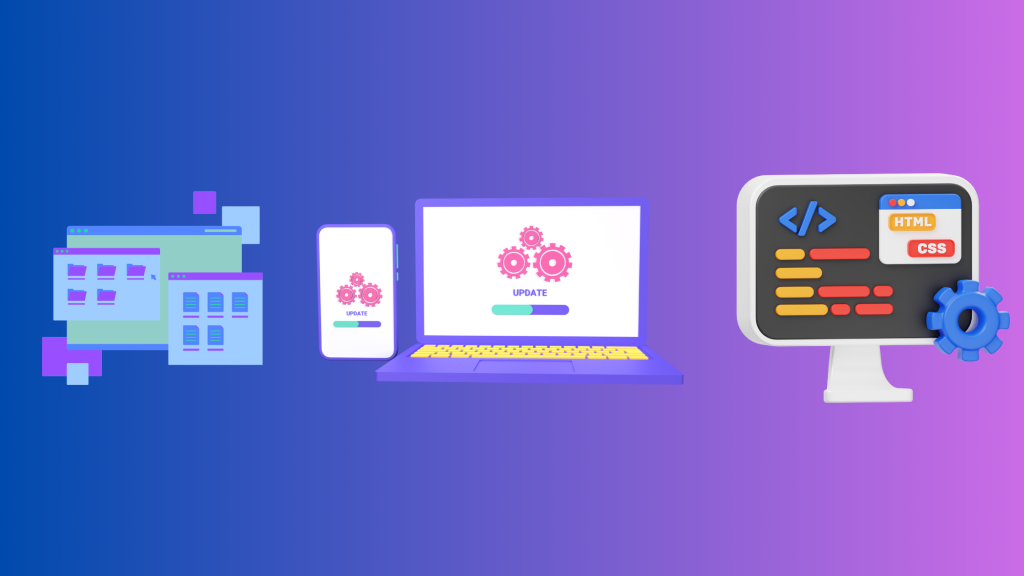
Here are some of the tips for good web design
- Purpose: Users have a purpose to visit the website, and this is the reason why your website should clearly convey your purpose, products, and services. Each page and website should clearly be what it is. According to the goal, you should include all the crucial elements of your website. It improves the user experience.
- Simplicity: Make your website simple and try to display one detail at a time. Don’t overload your website with too much content, as it can confuse users. Use white space effectively on your website.
- Readability: Users should not face difficulty in reading the text on your website. So show contrast between your text and its background. Many designers use a background image with text over it, where the image doesn’t have an overlay. The text should be clear and should not merge with background images. It is important to use the right images for your website.
- Responsiveness: People use mobile phones for making searches, and 50% of web traffic comes from mobile devices. It makes your content viewable on all screens and different devices. All elements of your website, such as text, layout, and images, should be accessible through mobile devices.
- Navigation: Visitors will move away from your website if they don’t find information easily on your website. Navigation of your website is very important. It organizes your website and guides users through your website. The navigation tab should be on top and sticky so that if a user scrolls down, they can still find and access the menu. You can use the three-click rule in your website, which allows users to get the information they need in 3 clicks. The brand logo of your website should redirect to the homepage. Avoid using seven or more columns in your menu, as it can confuse users.
- Call To Action: It is important to include a CTA on your website as it helps guide users through your website. It motivates users to take the next step, such as Buy Now, Show Now, Contact Form, etc. Without a proper CTA, users might feel lost and uncertain.
- Color Palette: The color of your website should match the brand of your website. Choose the right color that represents your brand. Consider contrast while selecting colors for your website. The color should go well with your text and represent your brand values.
- Scrolling: Avoid sliders and accordions to present a lot of information on your website. The ideal way to present content and fit that into your website is by using the scrollbar.
- Load Speed: Nowadays,, people don’t like to wait and get irritated if your website takes a long time to open. Most users move away if a website doesn’t open in 5 seconds. The size of images and videos makes a huge impact on website speed.
An effective web design requires a purpose, readability, purpose, responsiveness, clear CTA, fast load speed, intuitive navigation, etc. By following the tips given above, you can create an effective website design. Lumia 360 has created responsive and attractive websites for its clients. That has not only enhanced their ranking in search engine result pages but also boosted their revenue. To know more about our services, email info@lumia360.com or call 514-668-5599.
Read Also: SEO Strategies for Online Reputation Management
Read Also: Glassmorphism: Creating depth with transparency and blur effects



